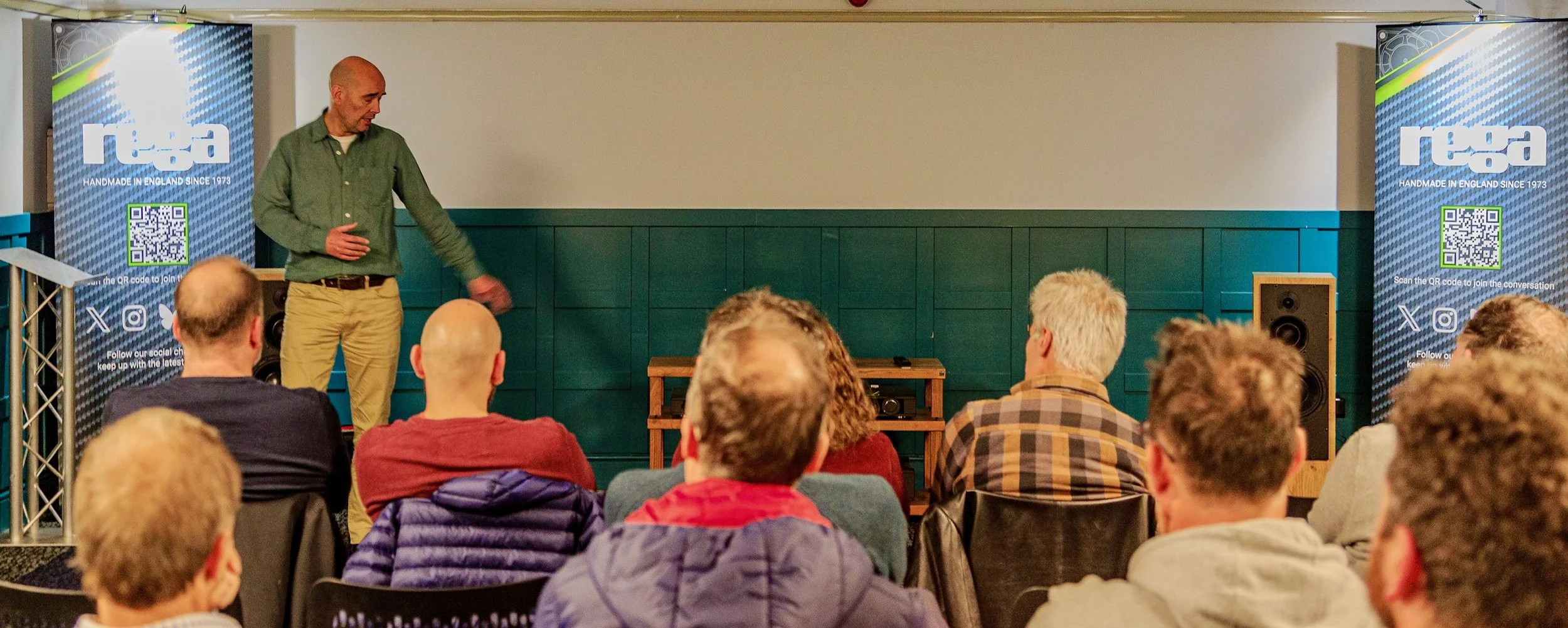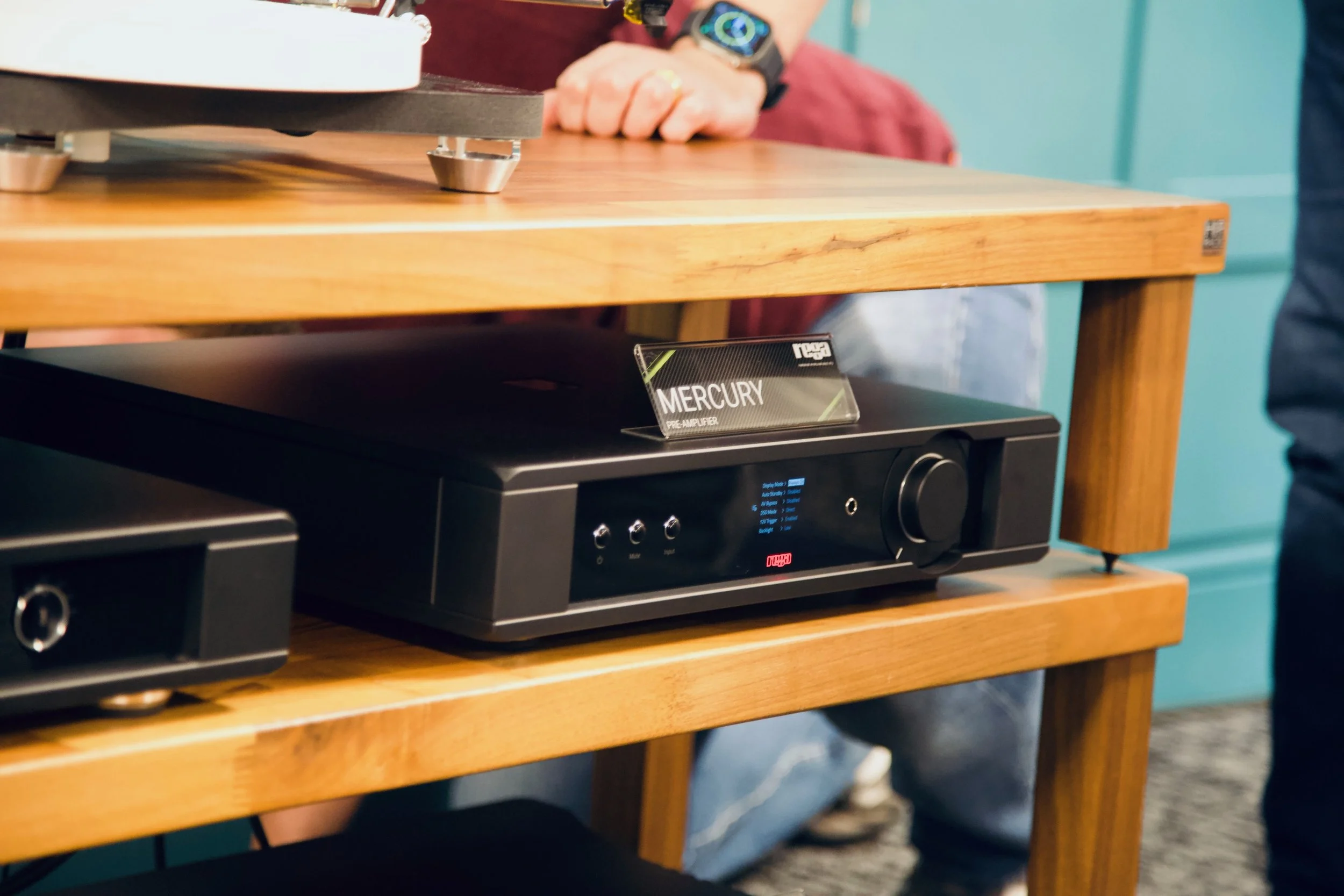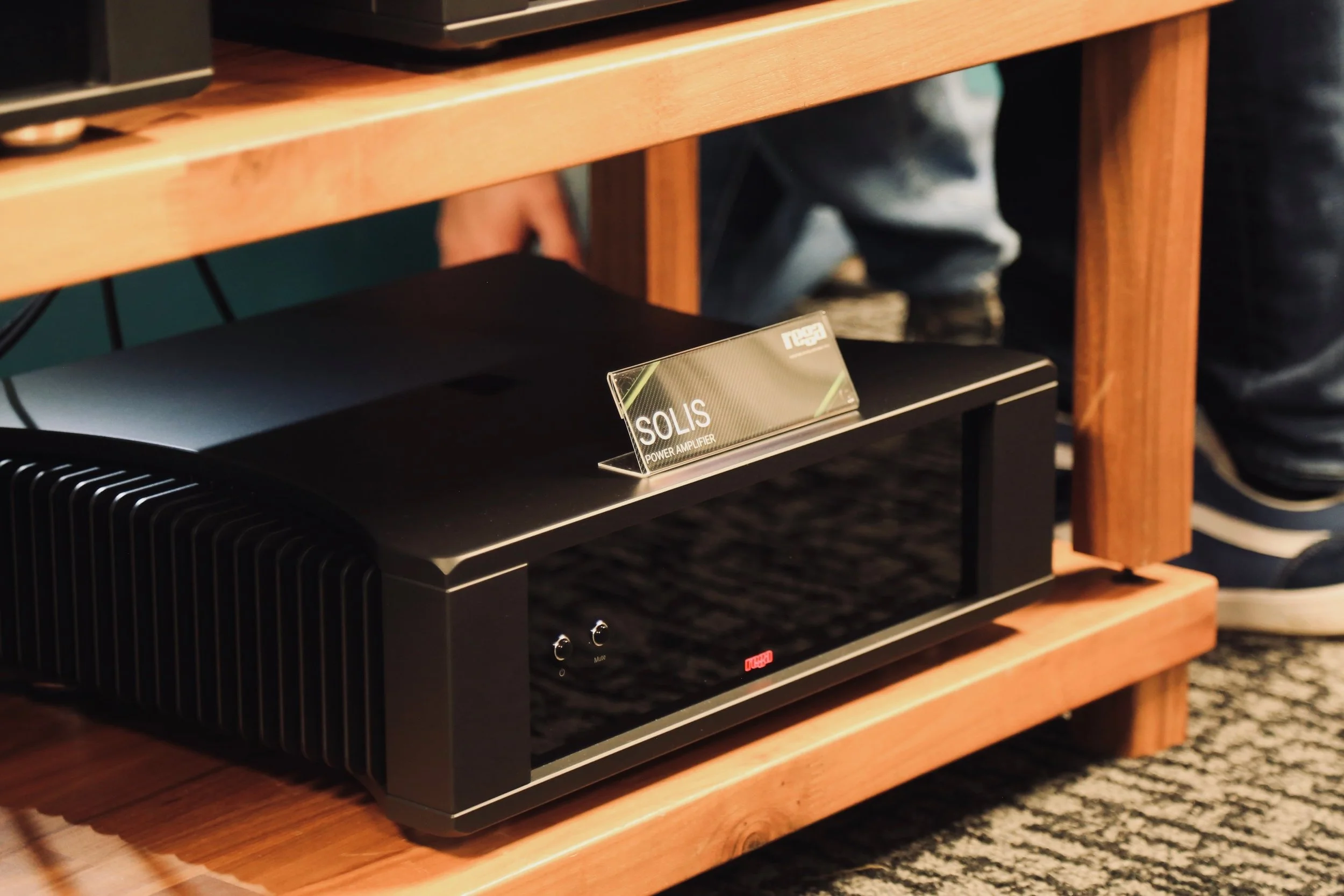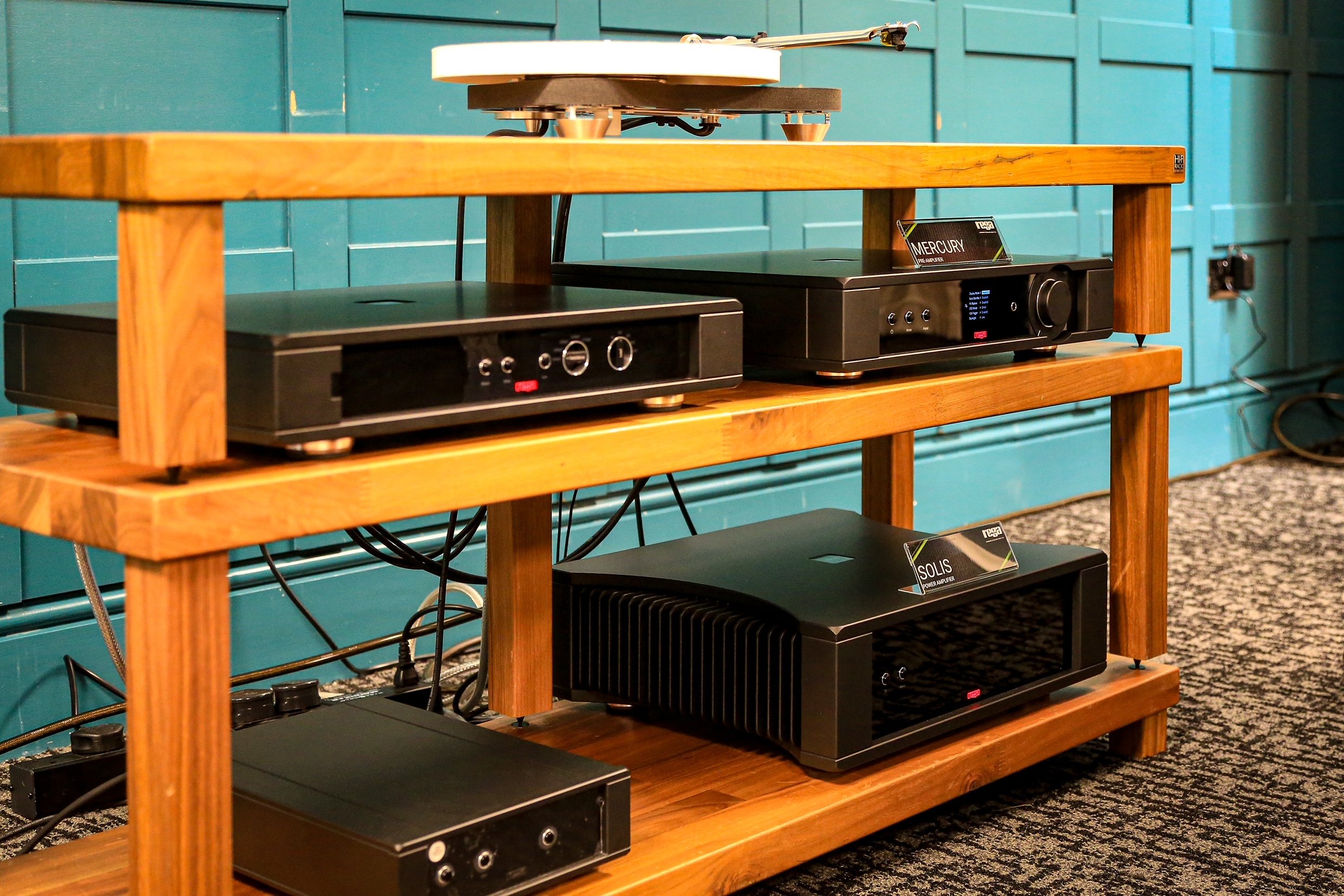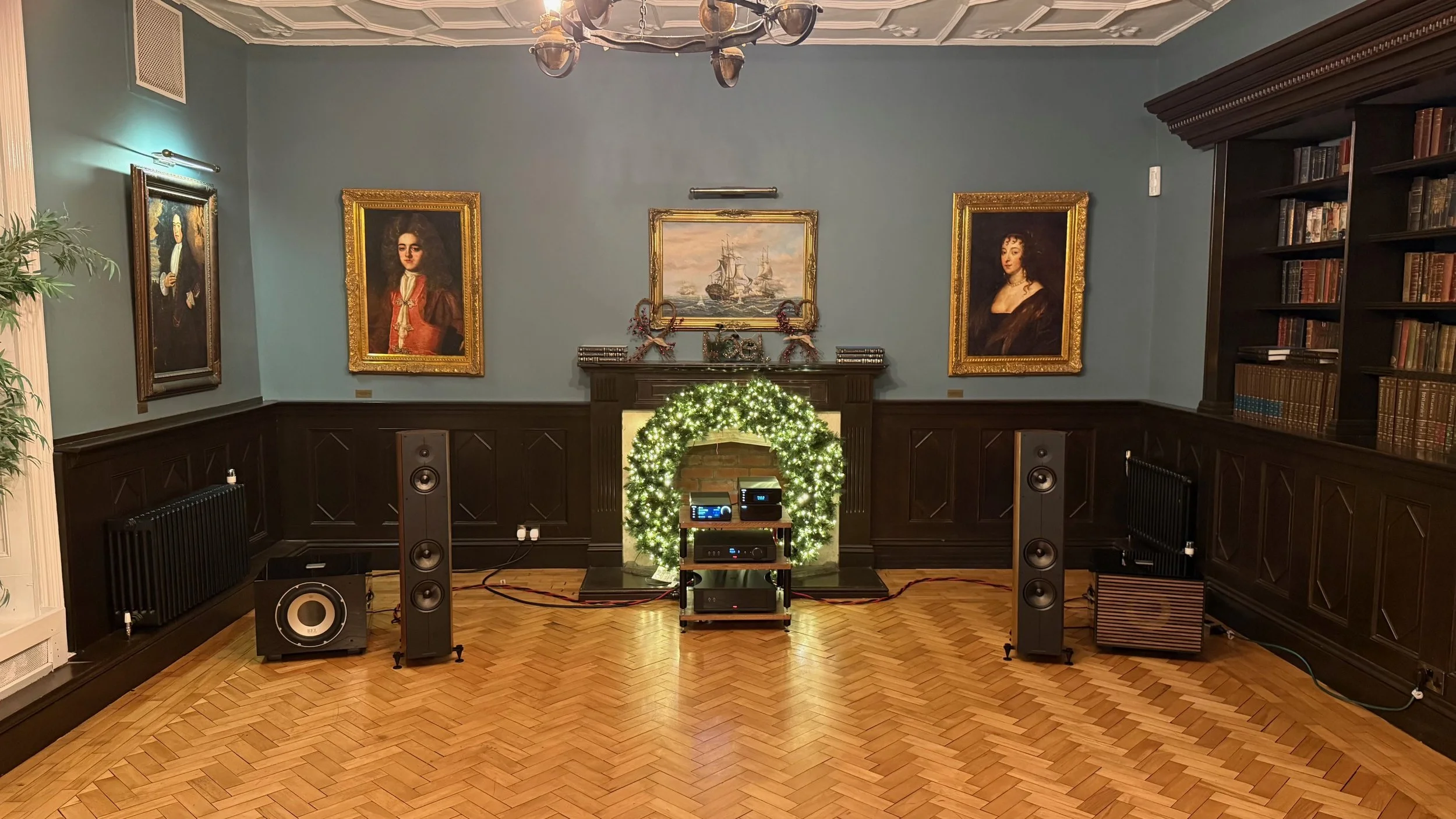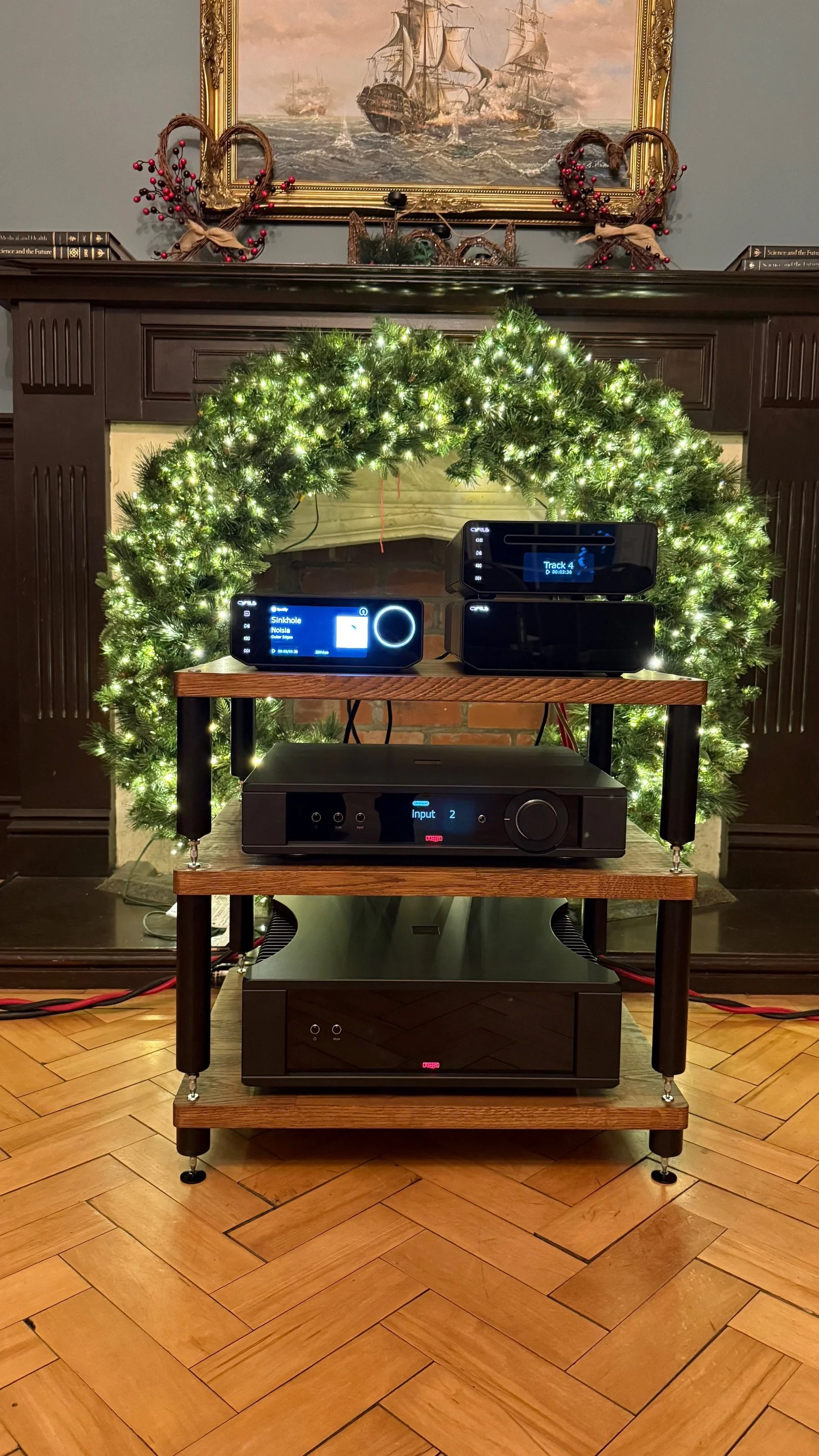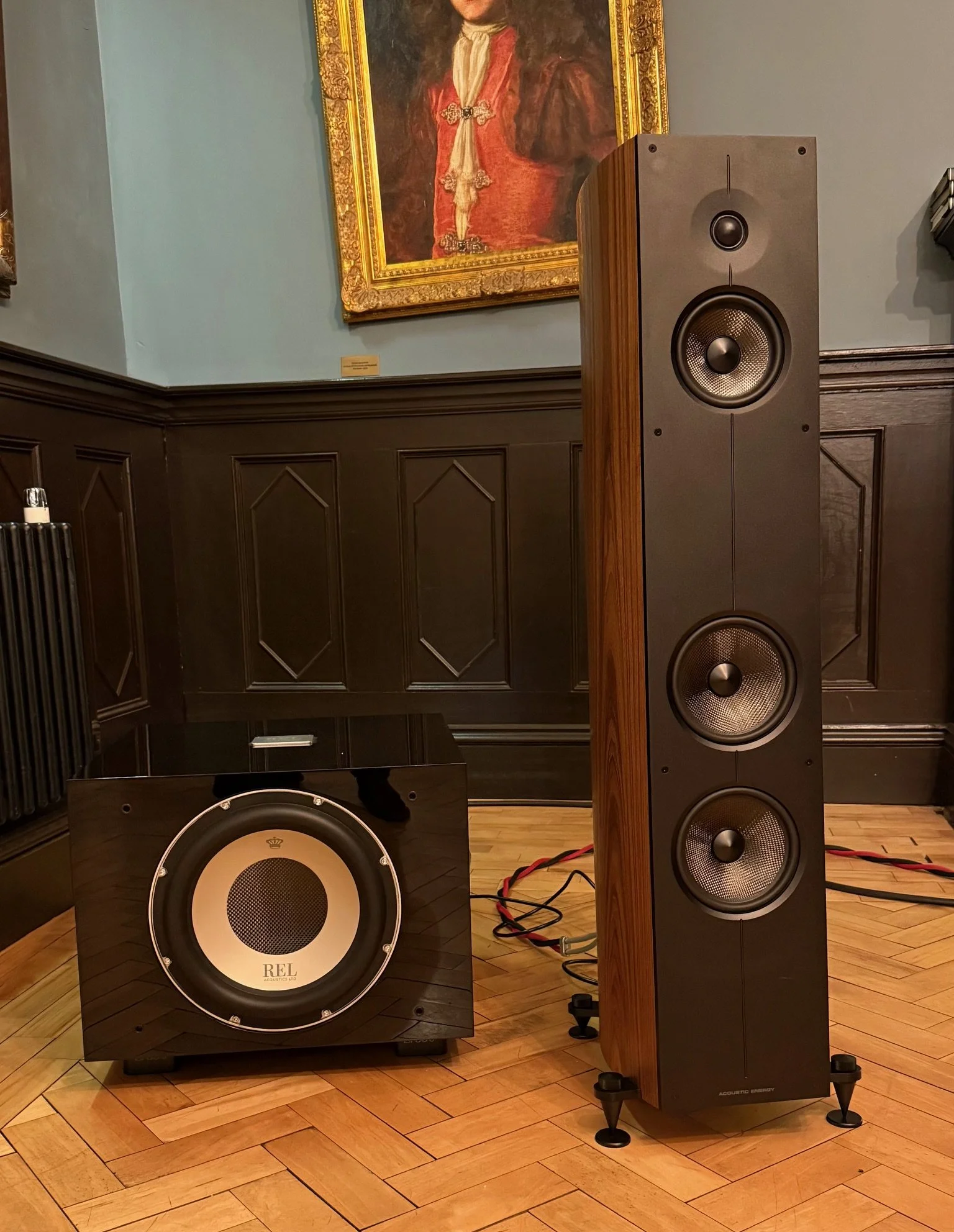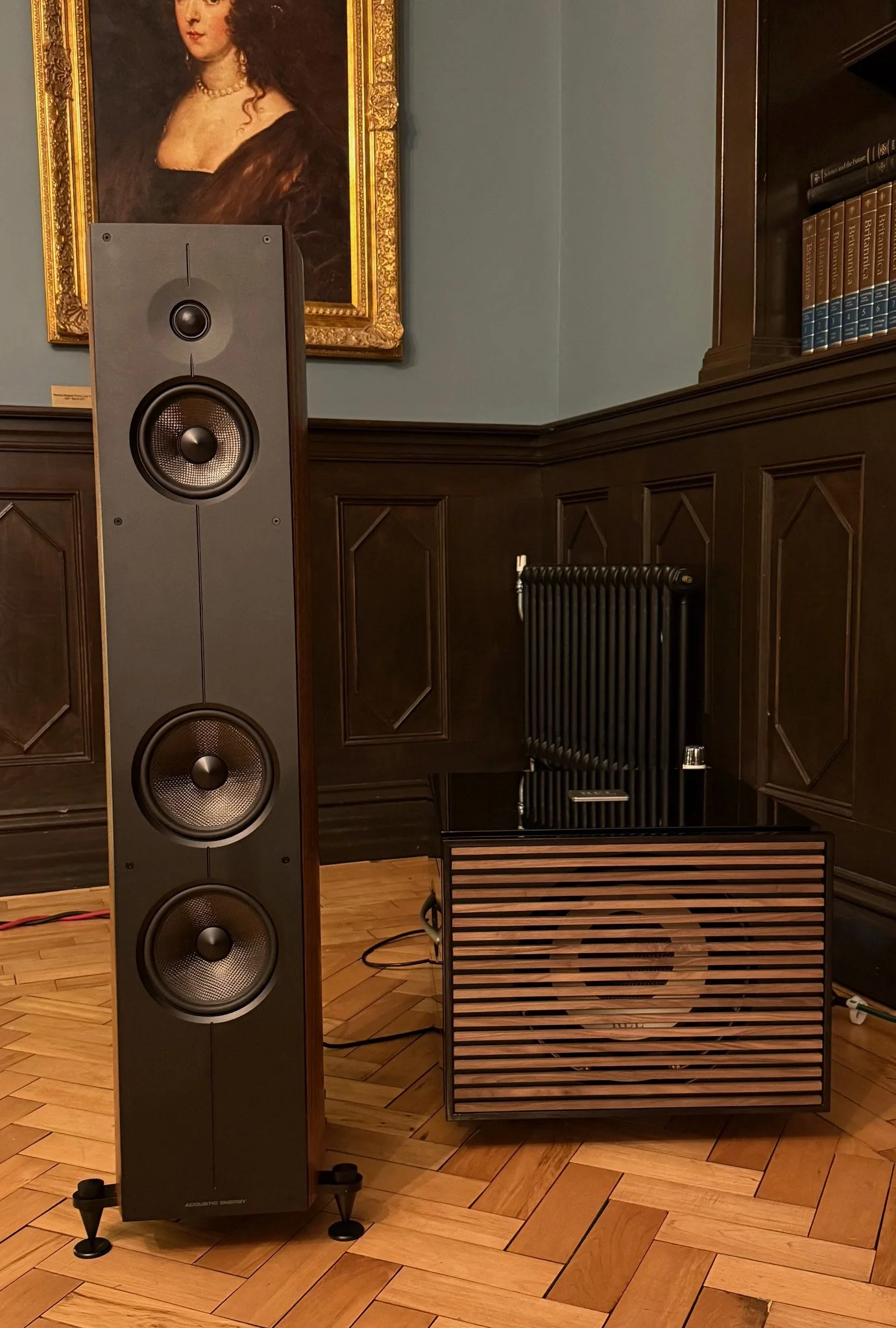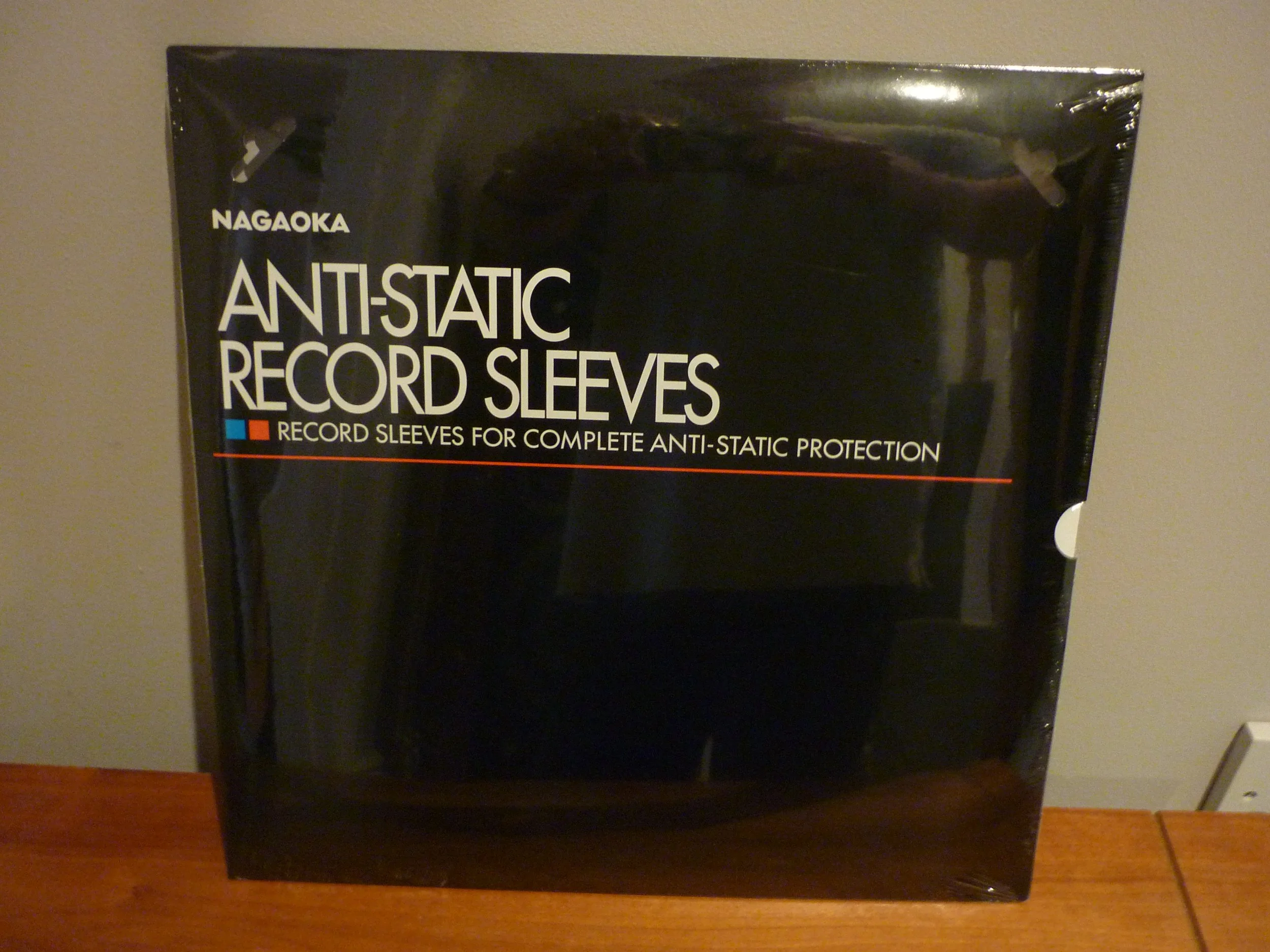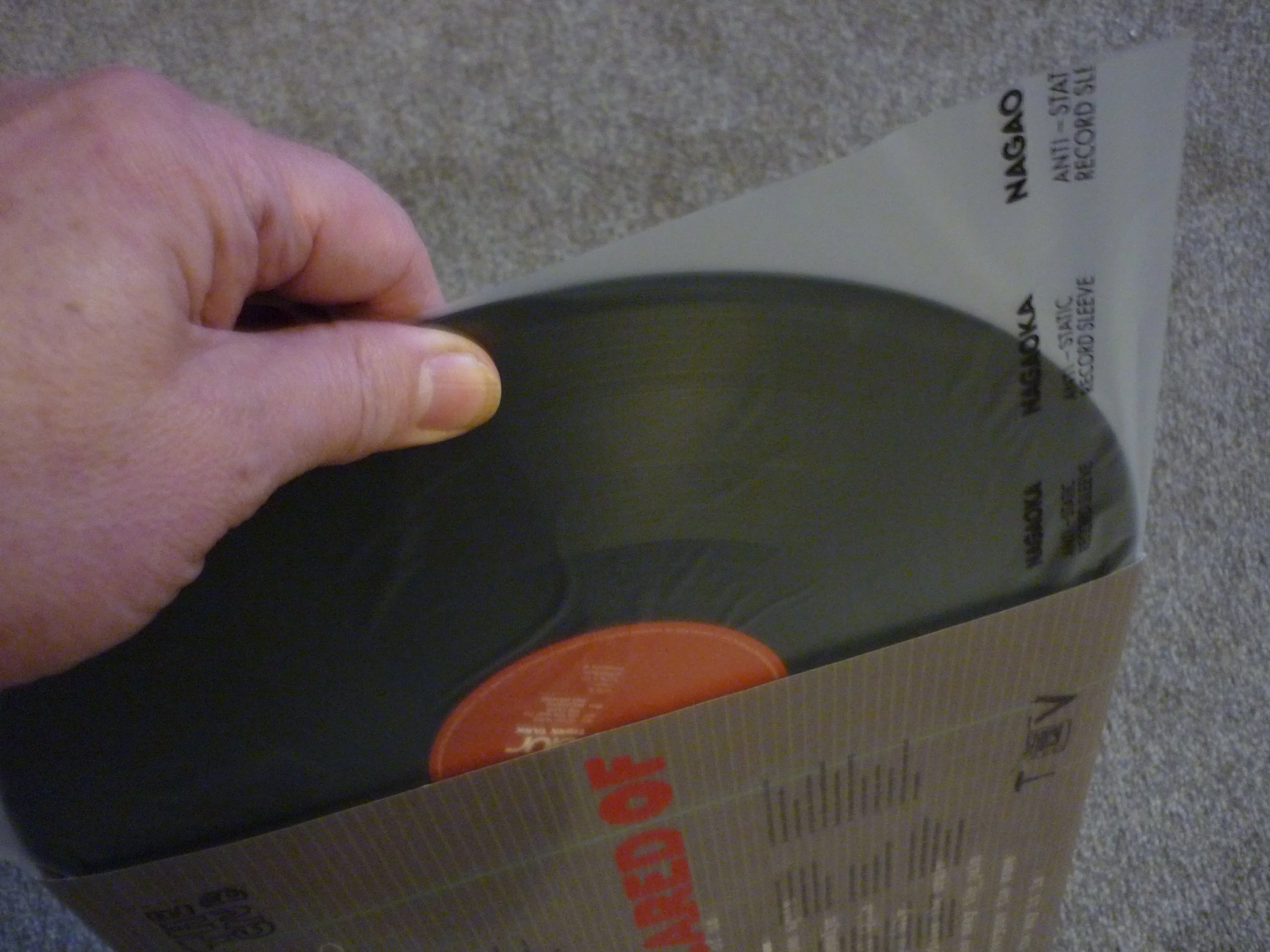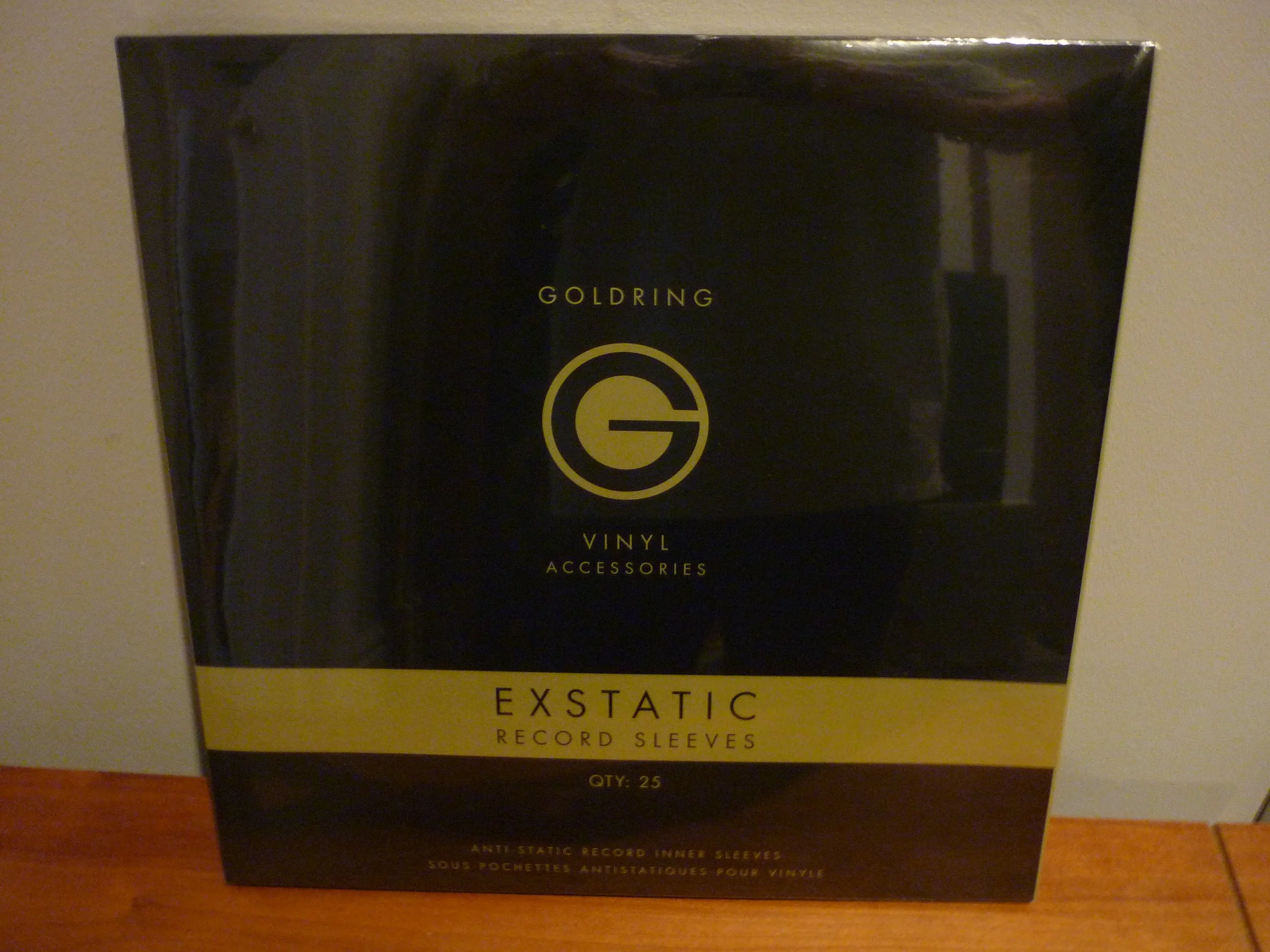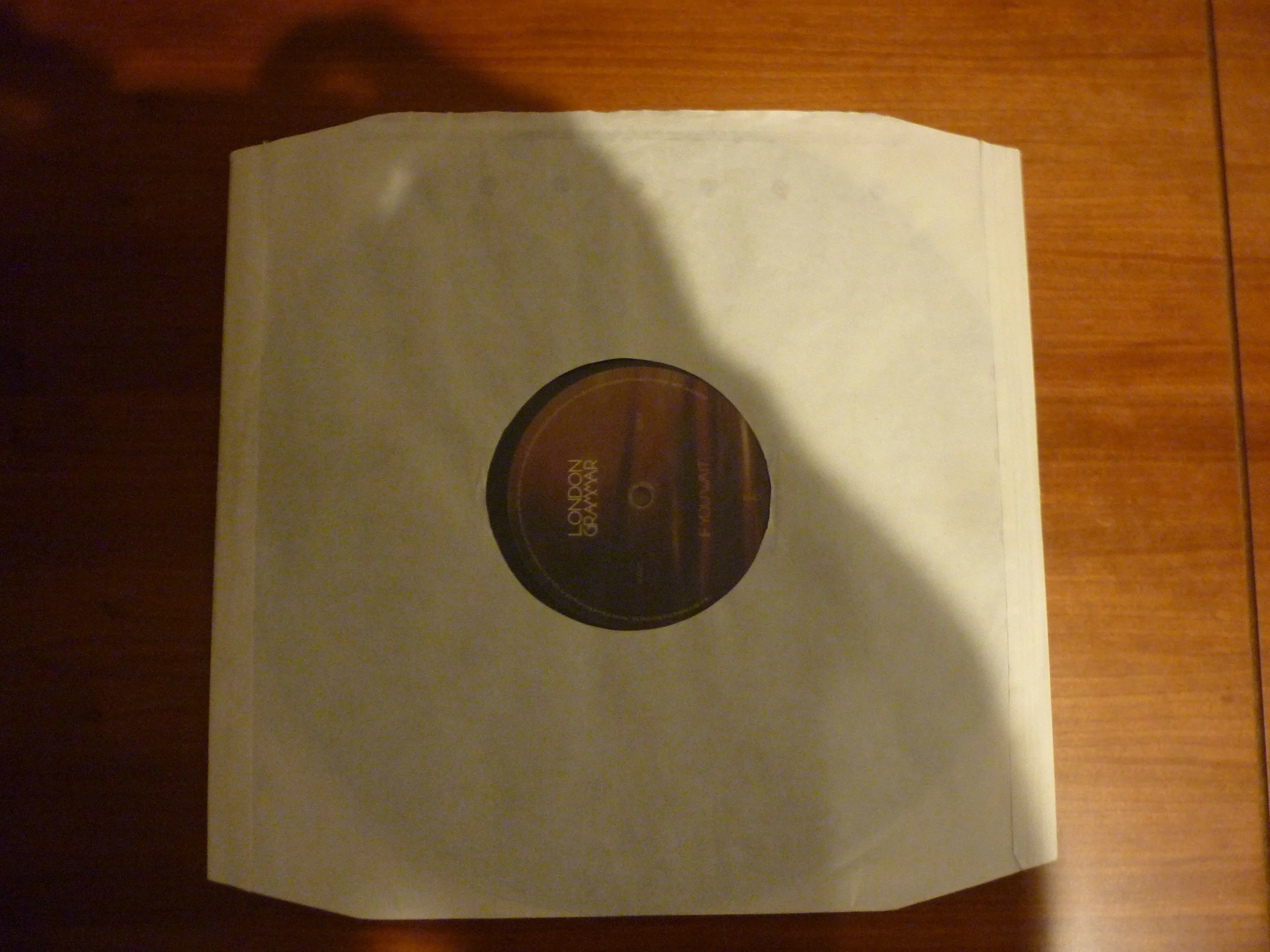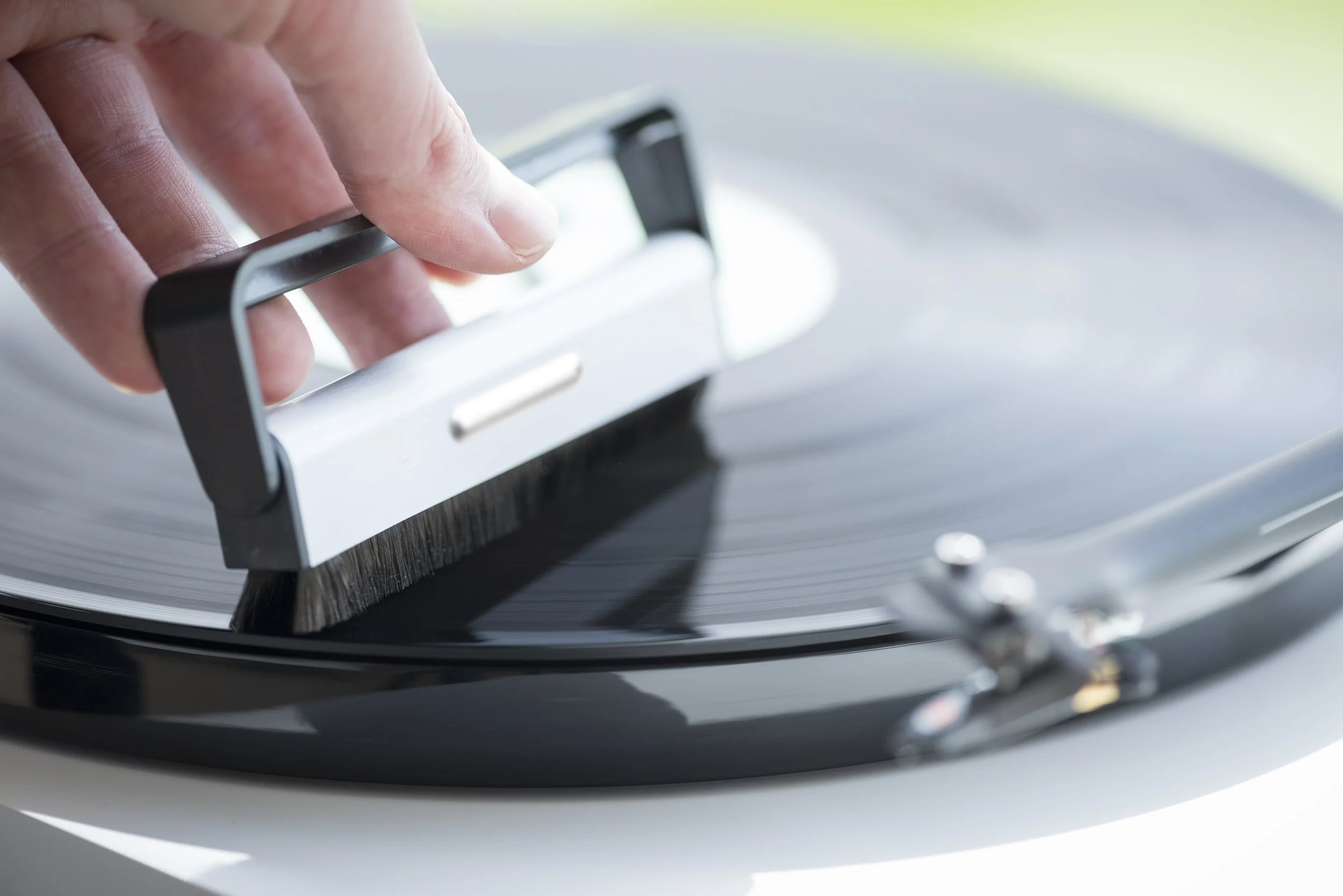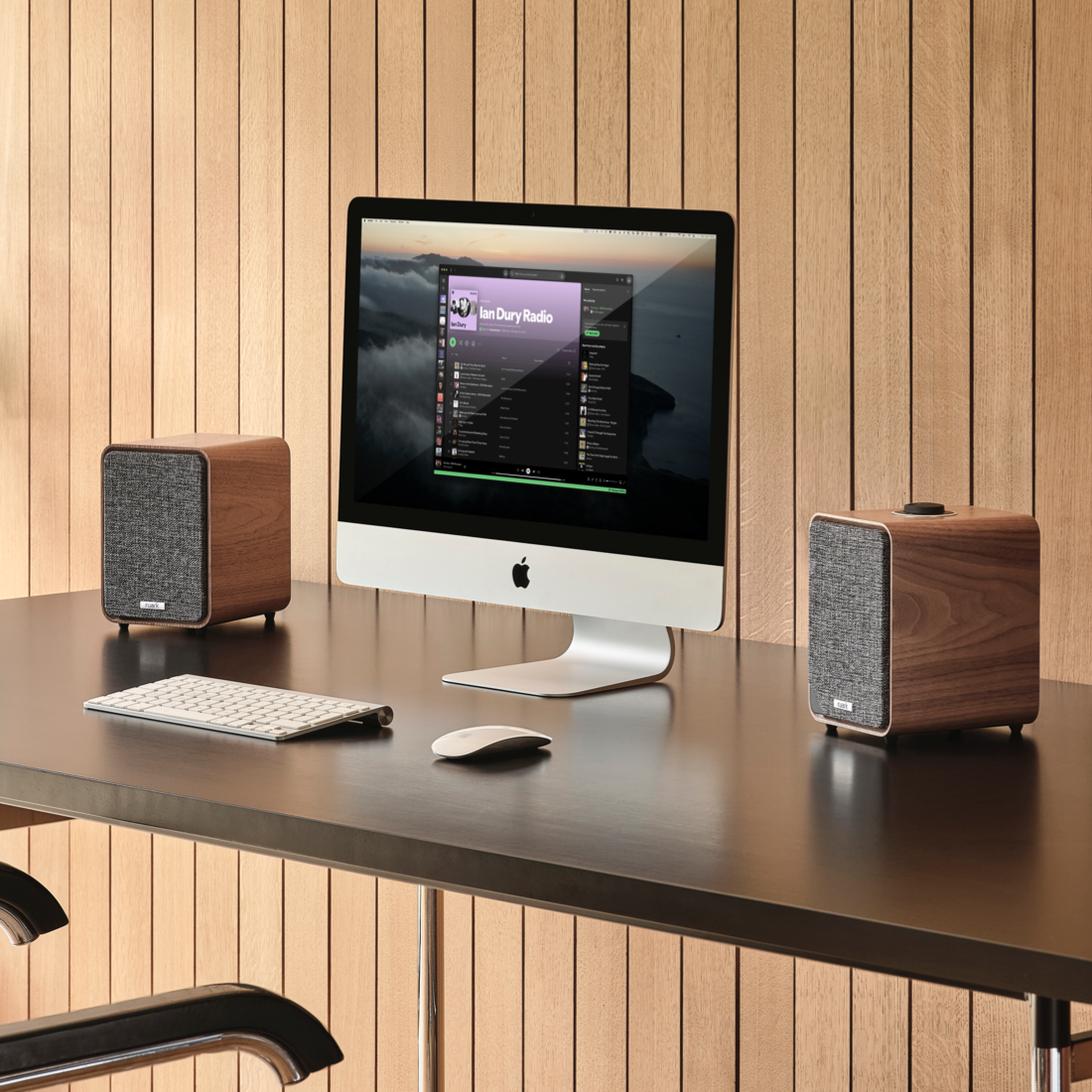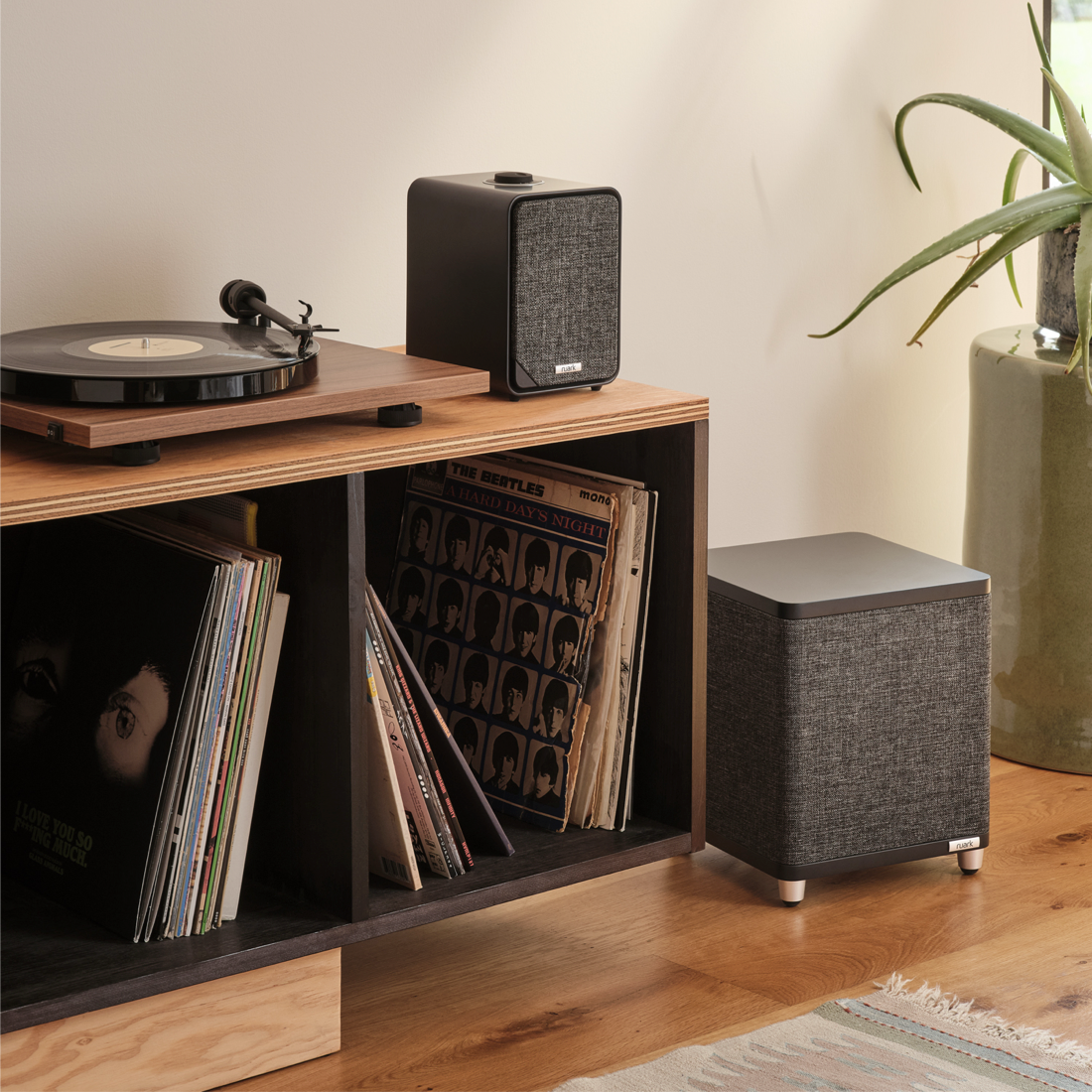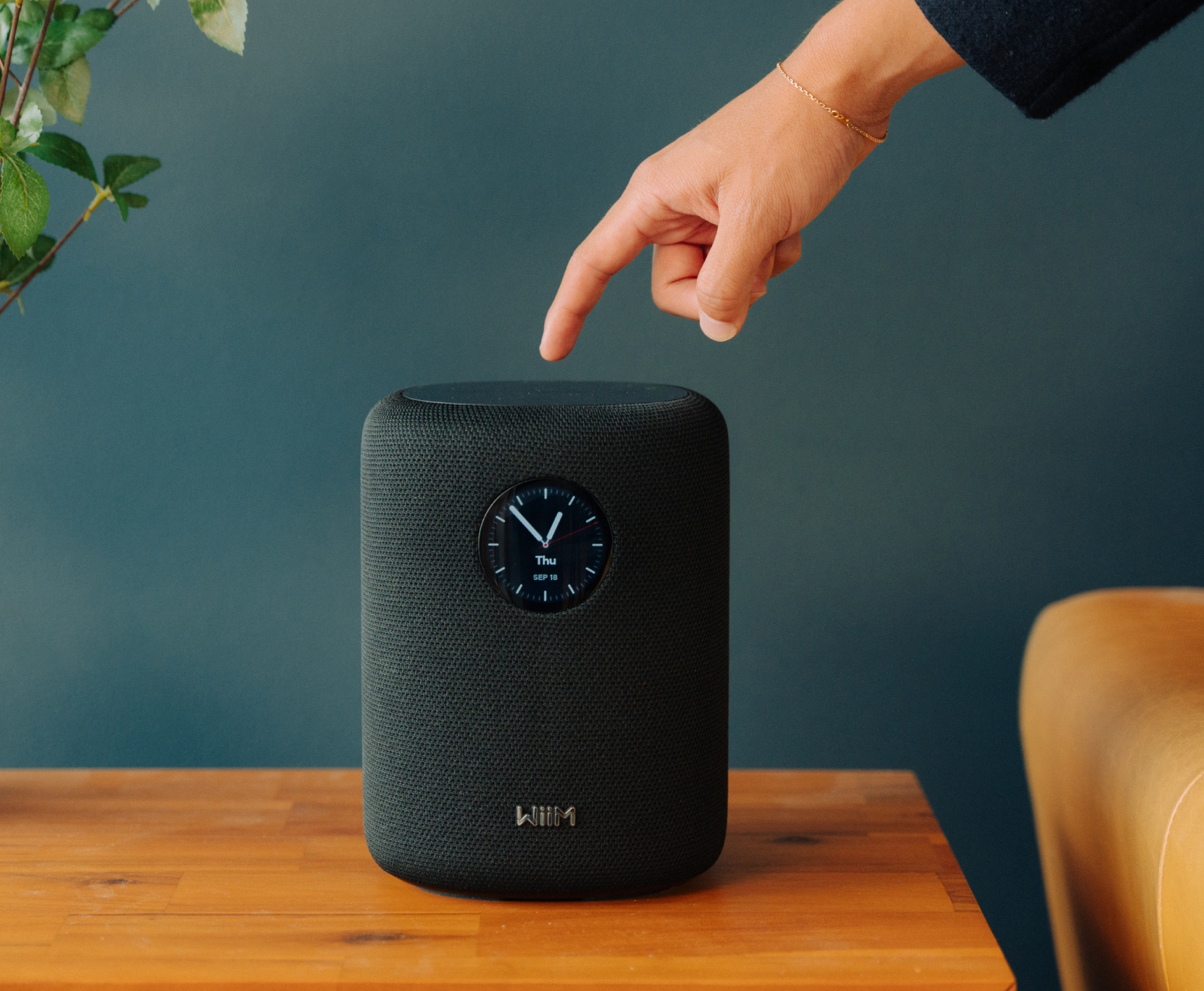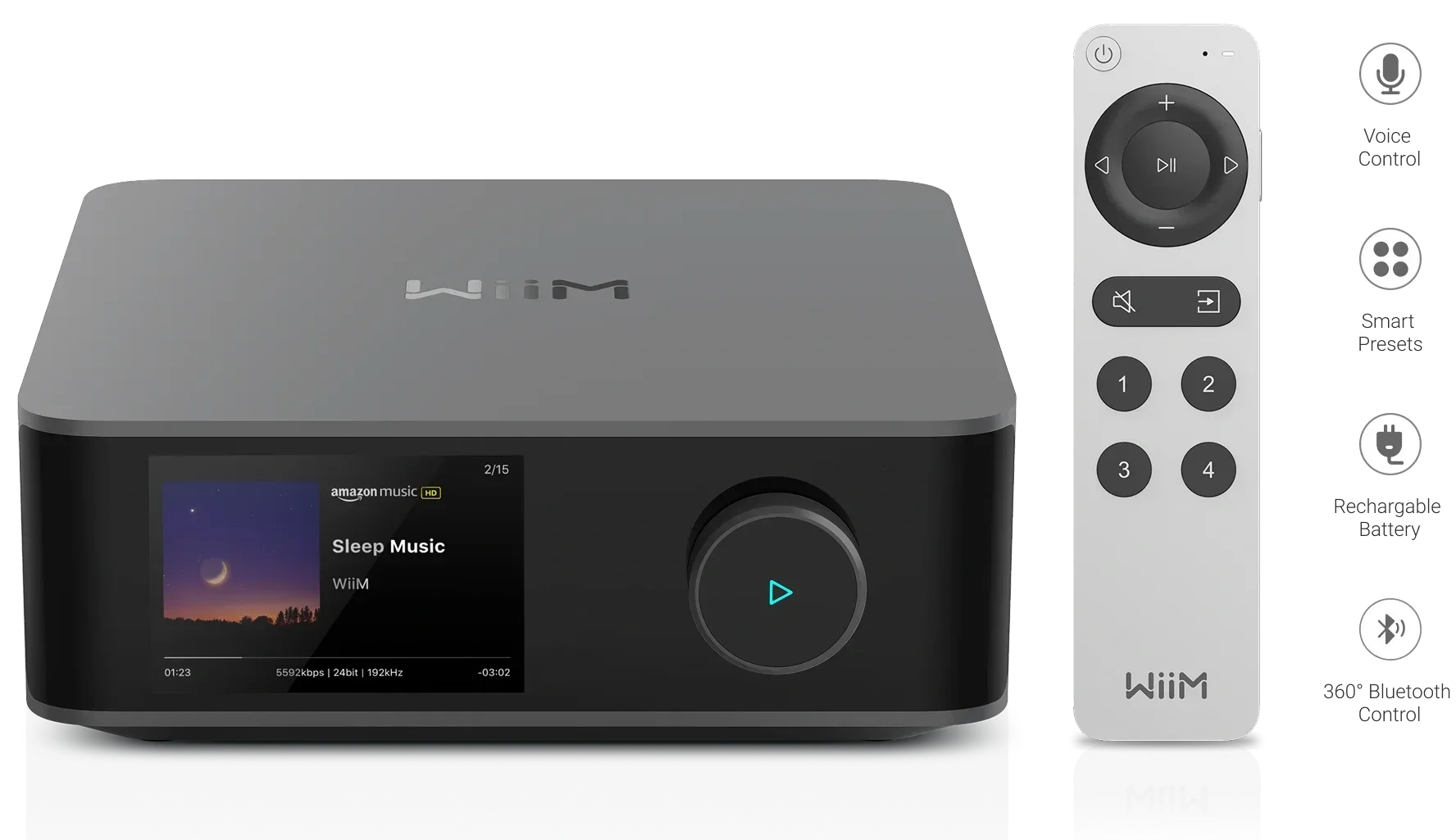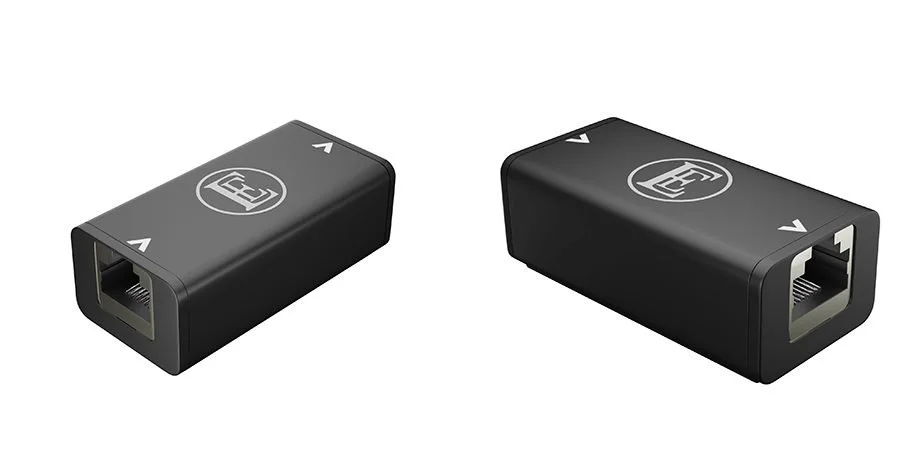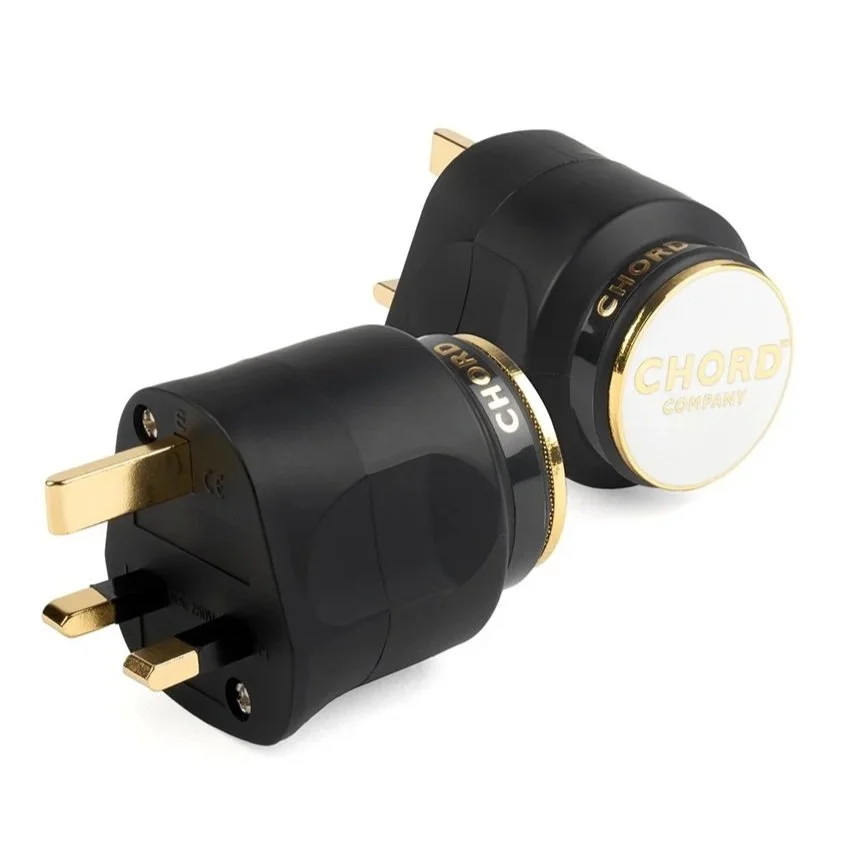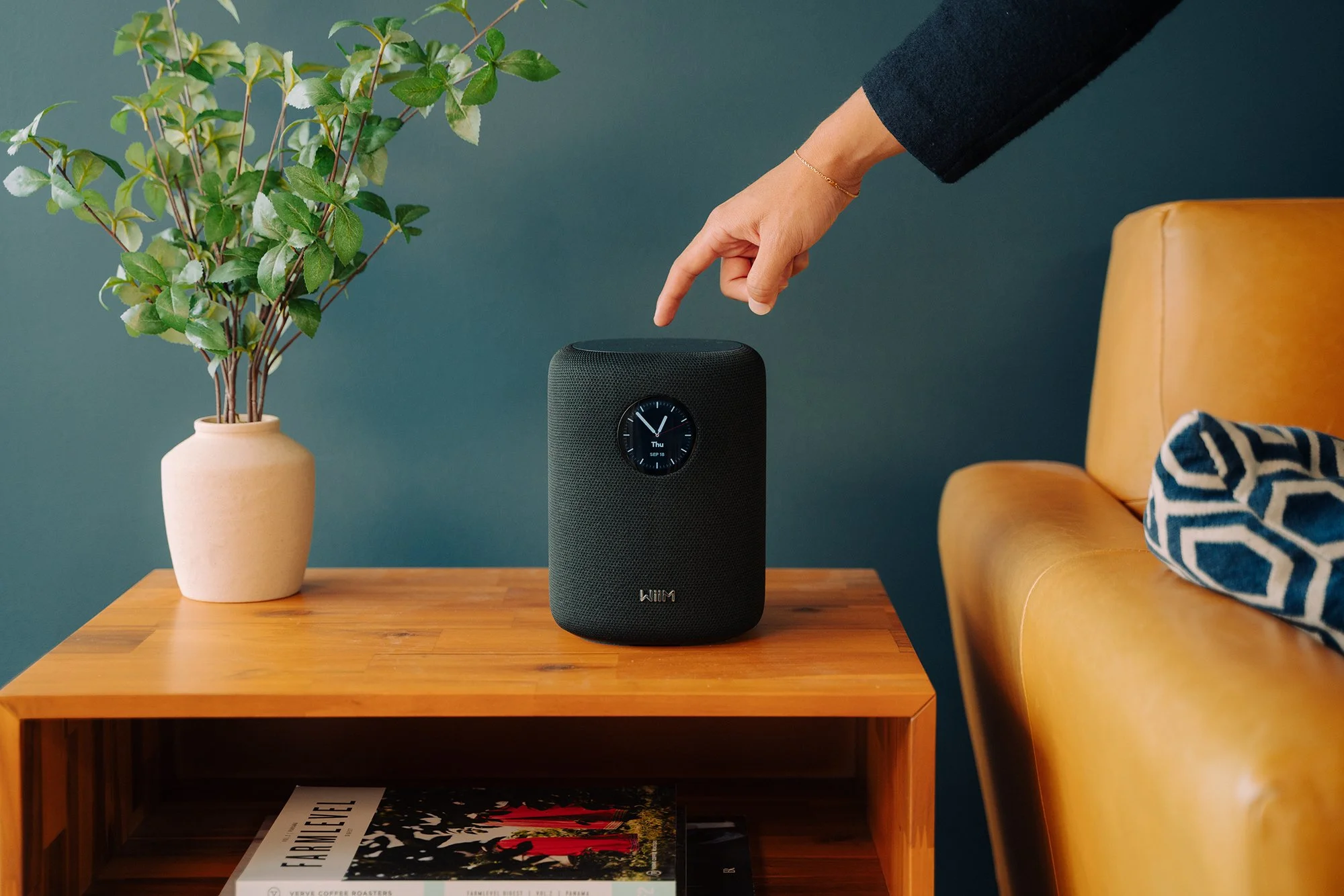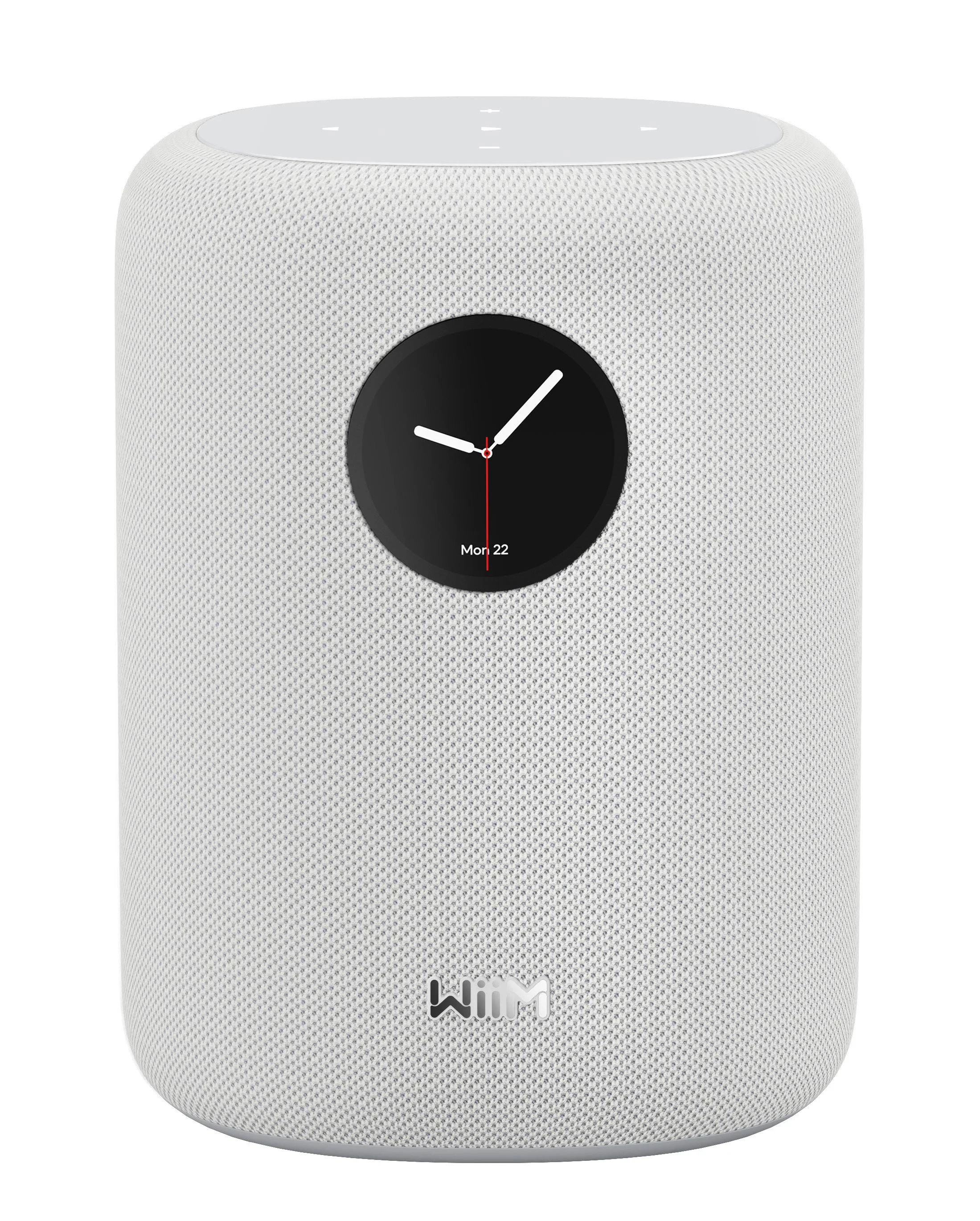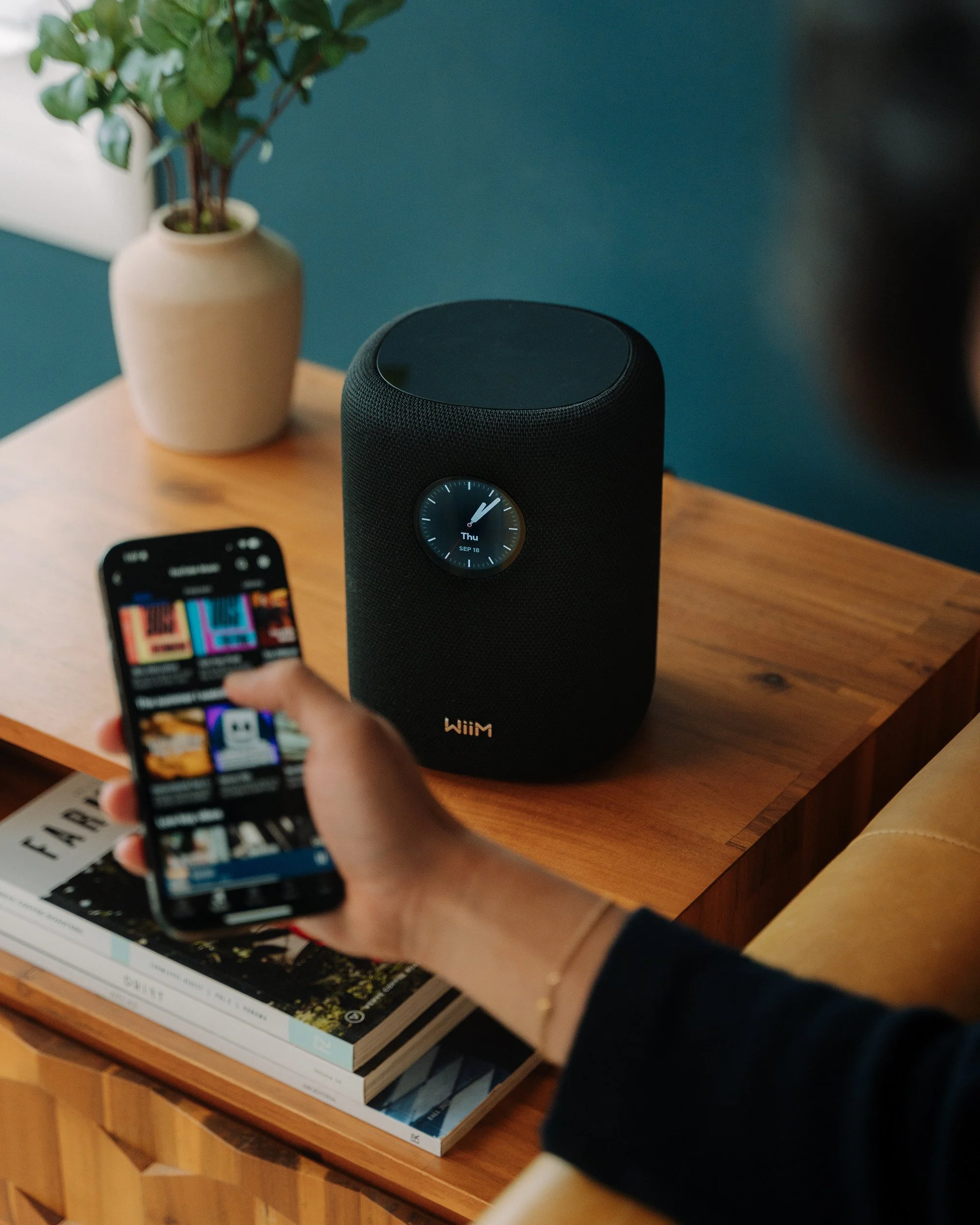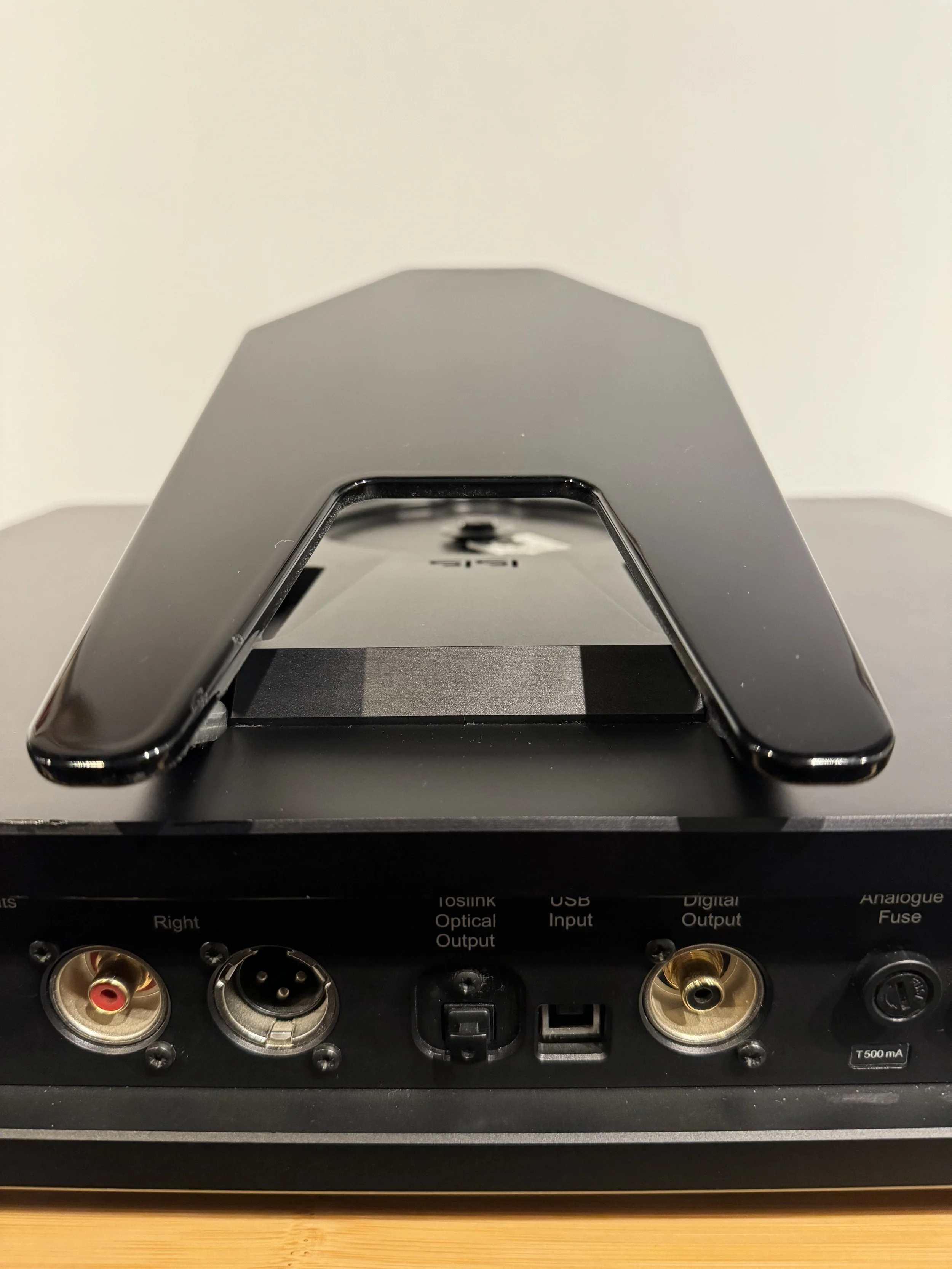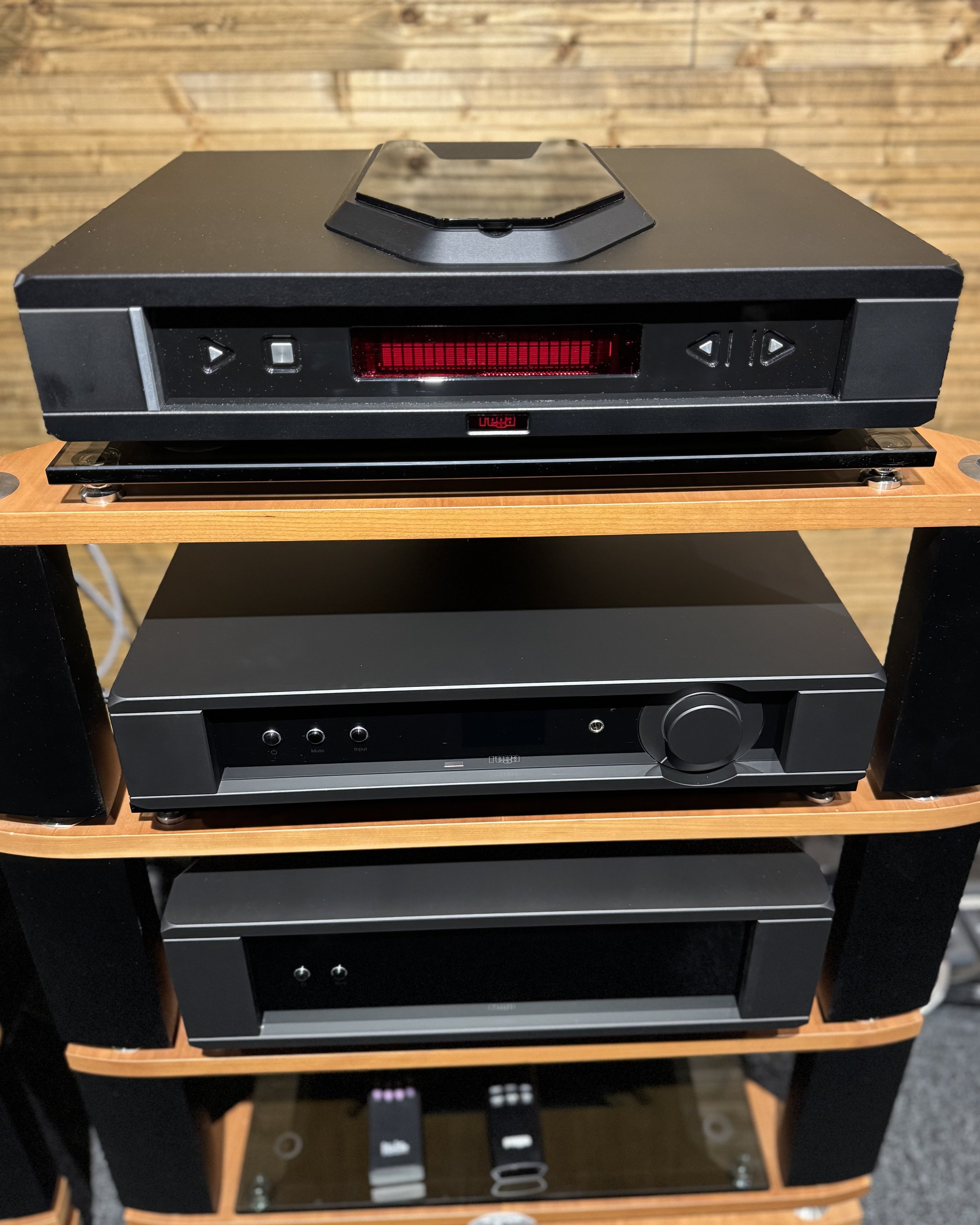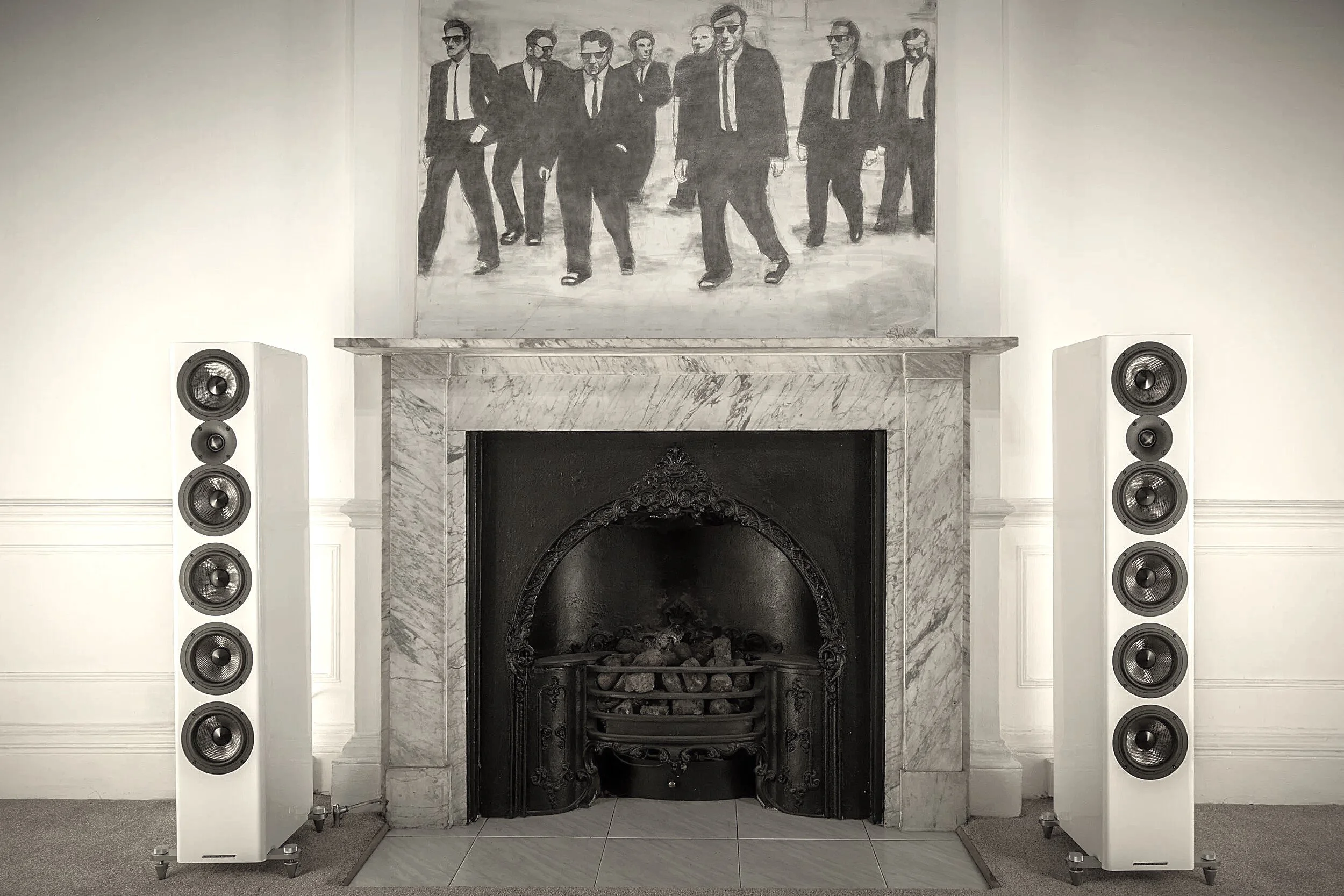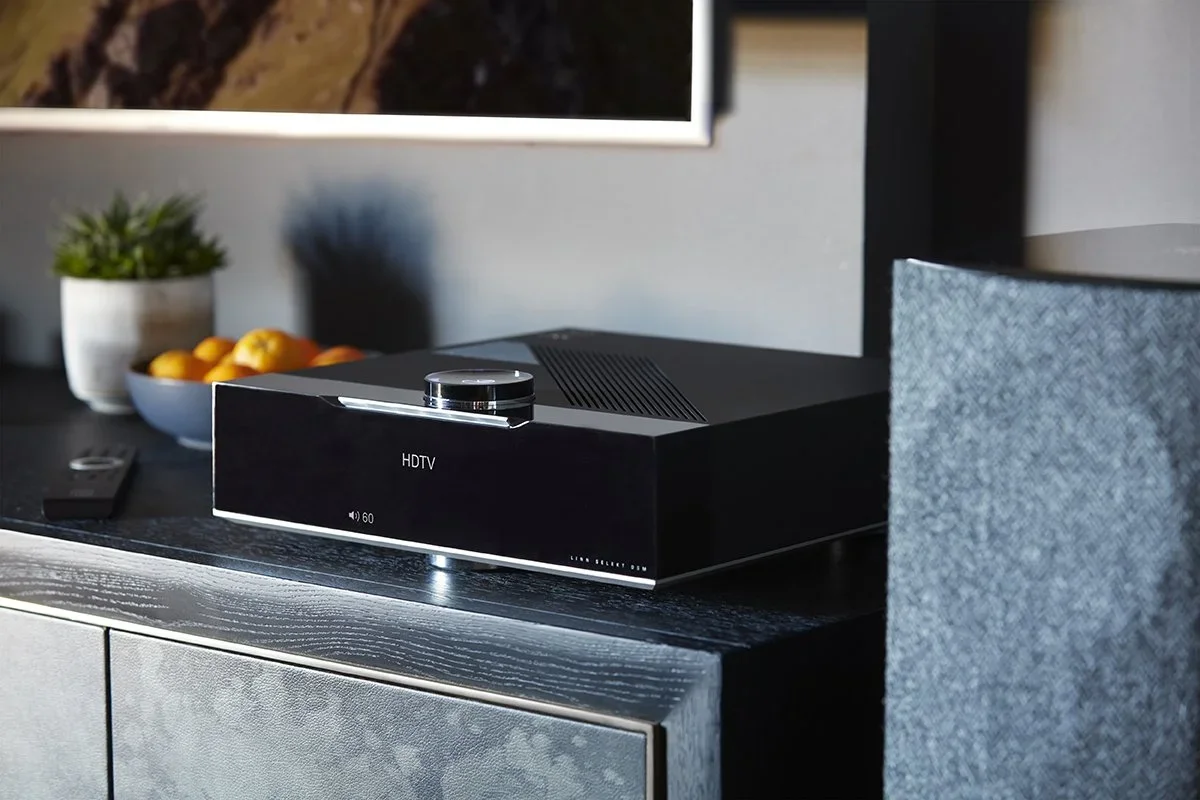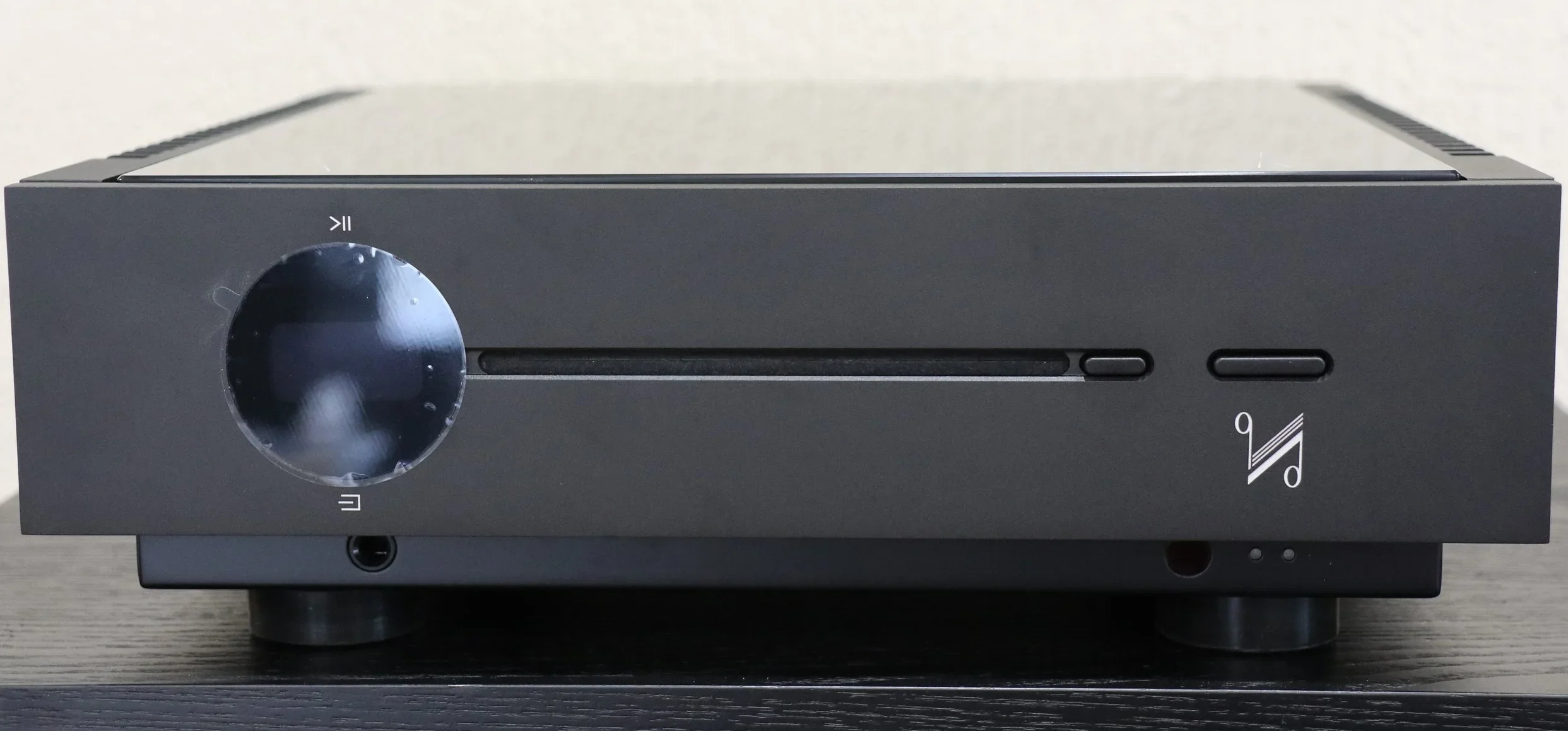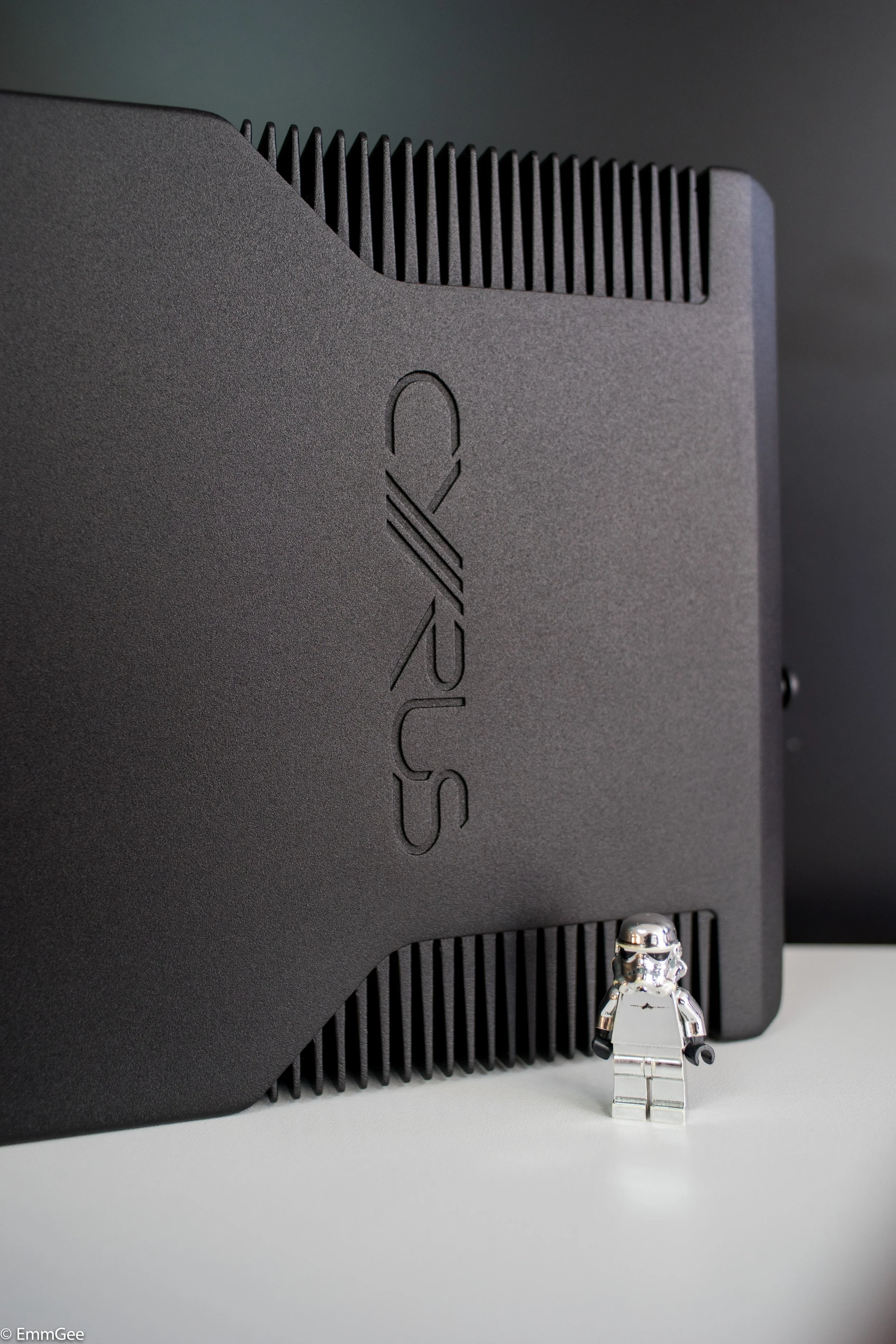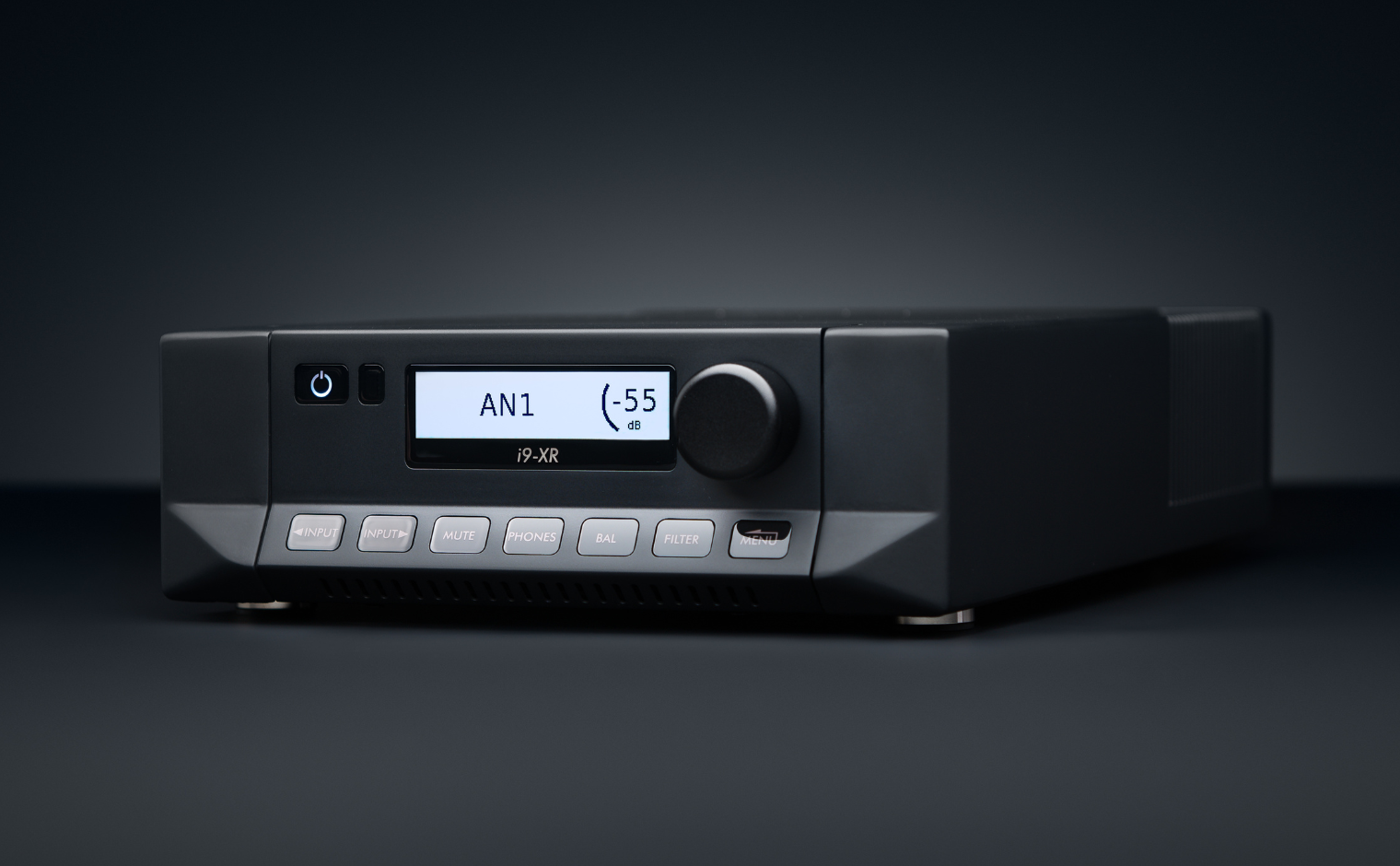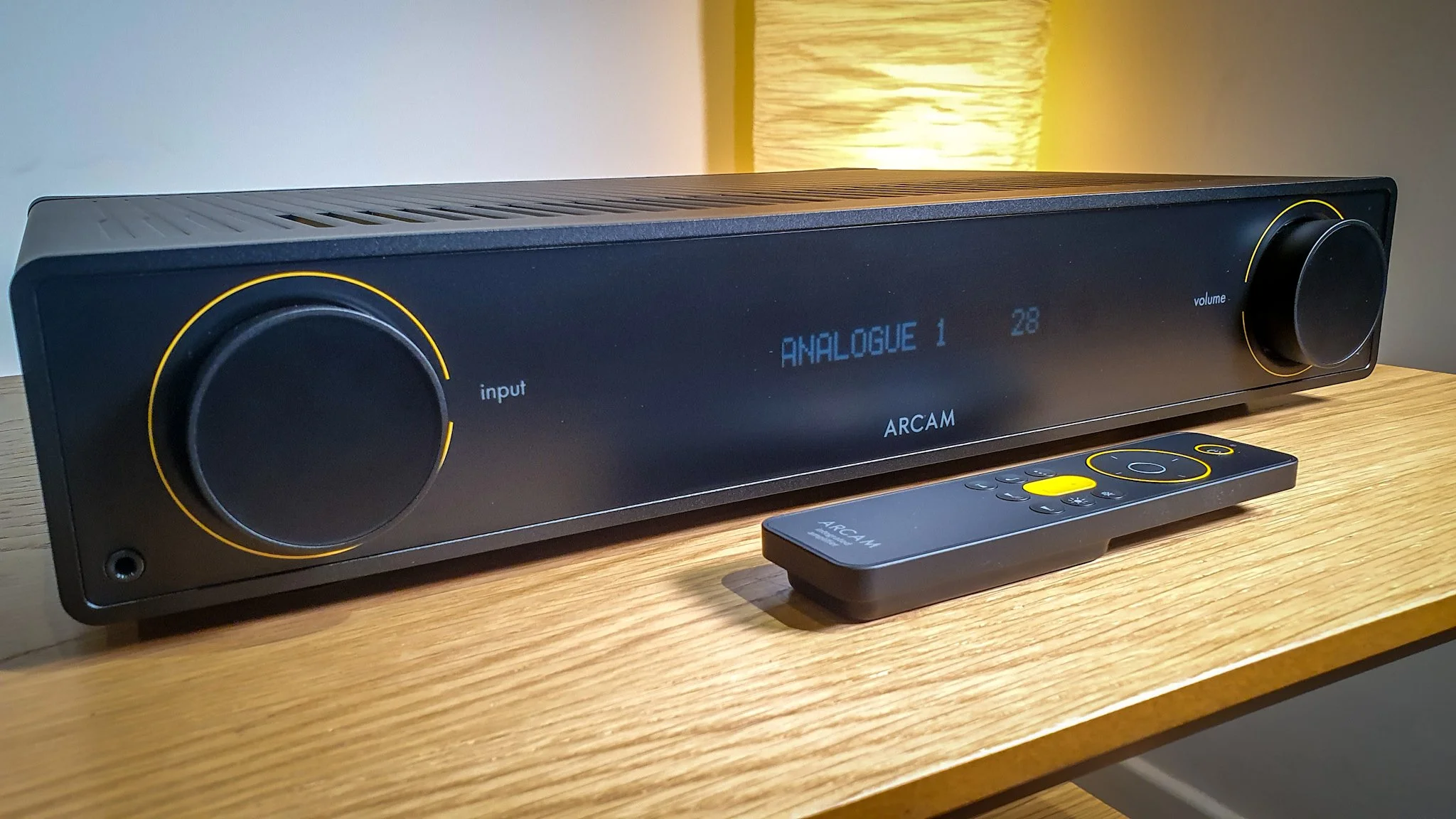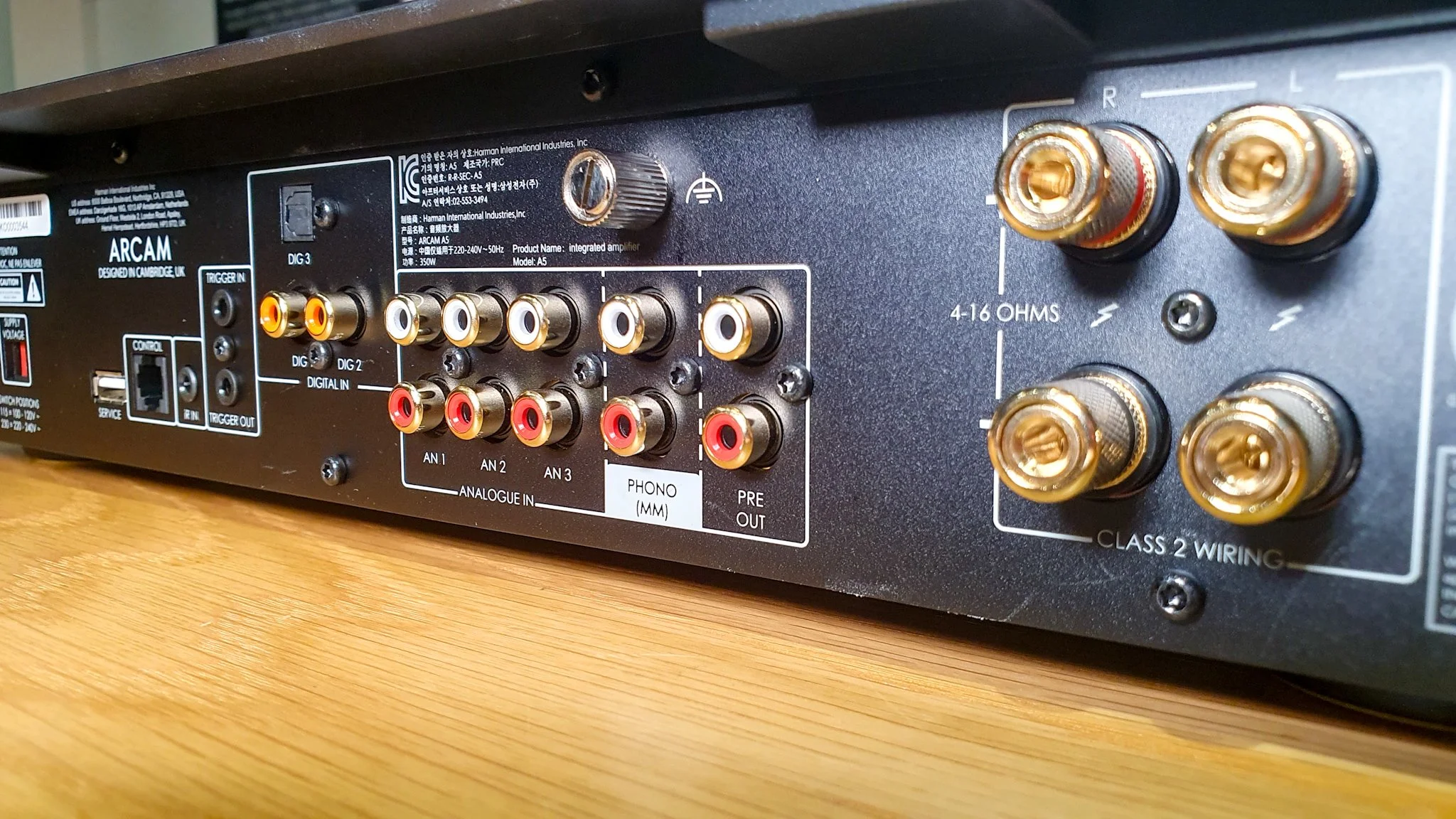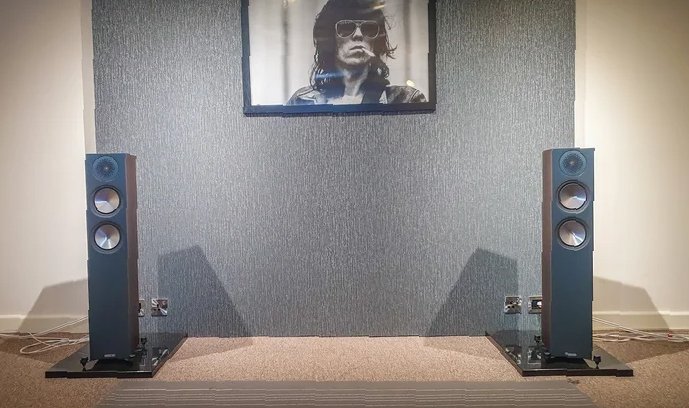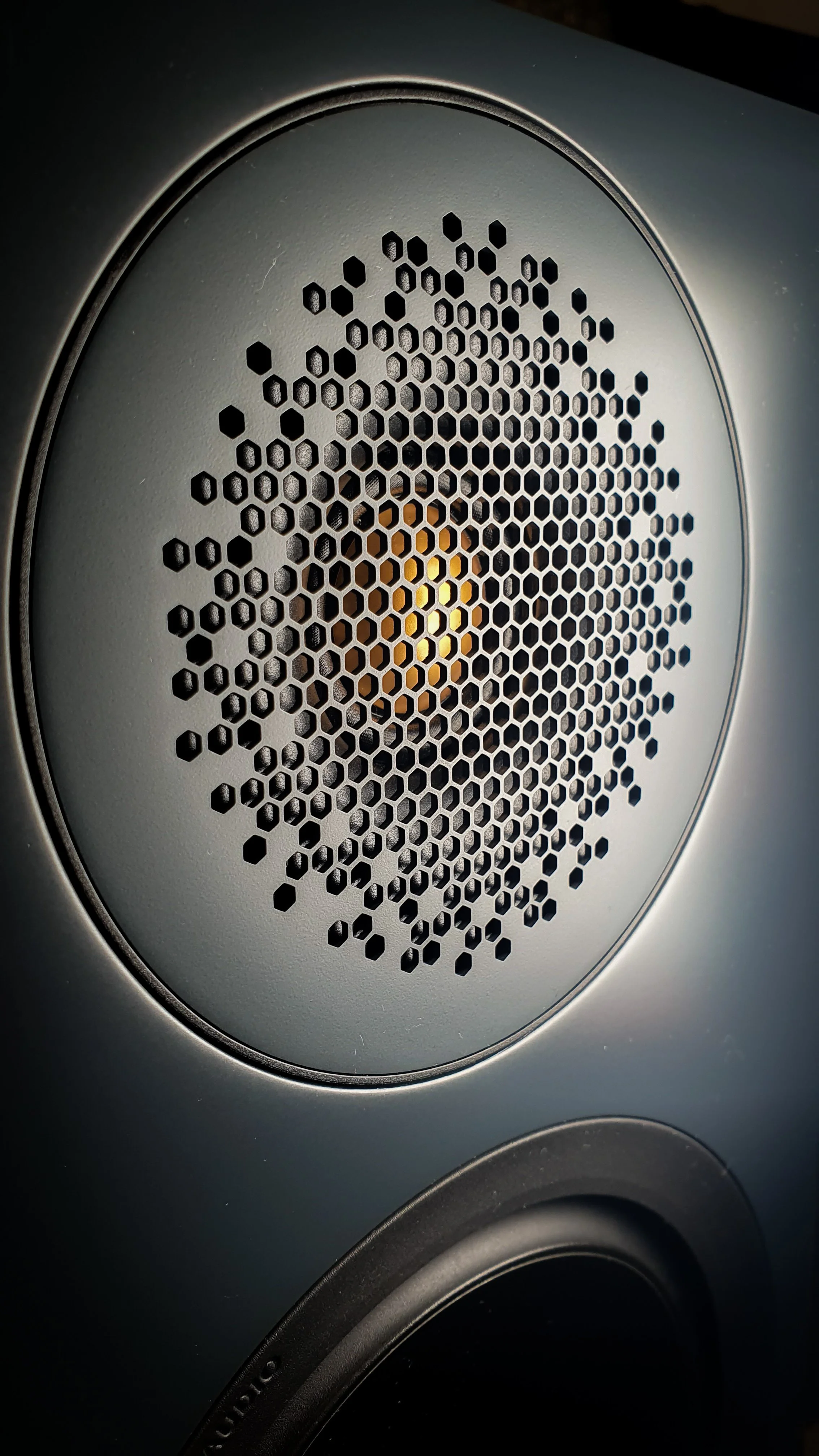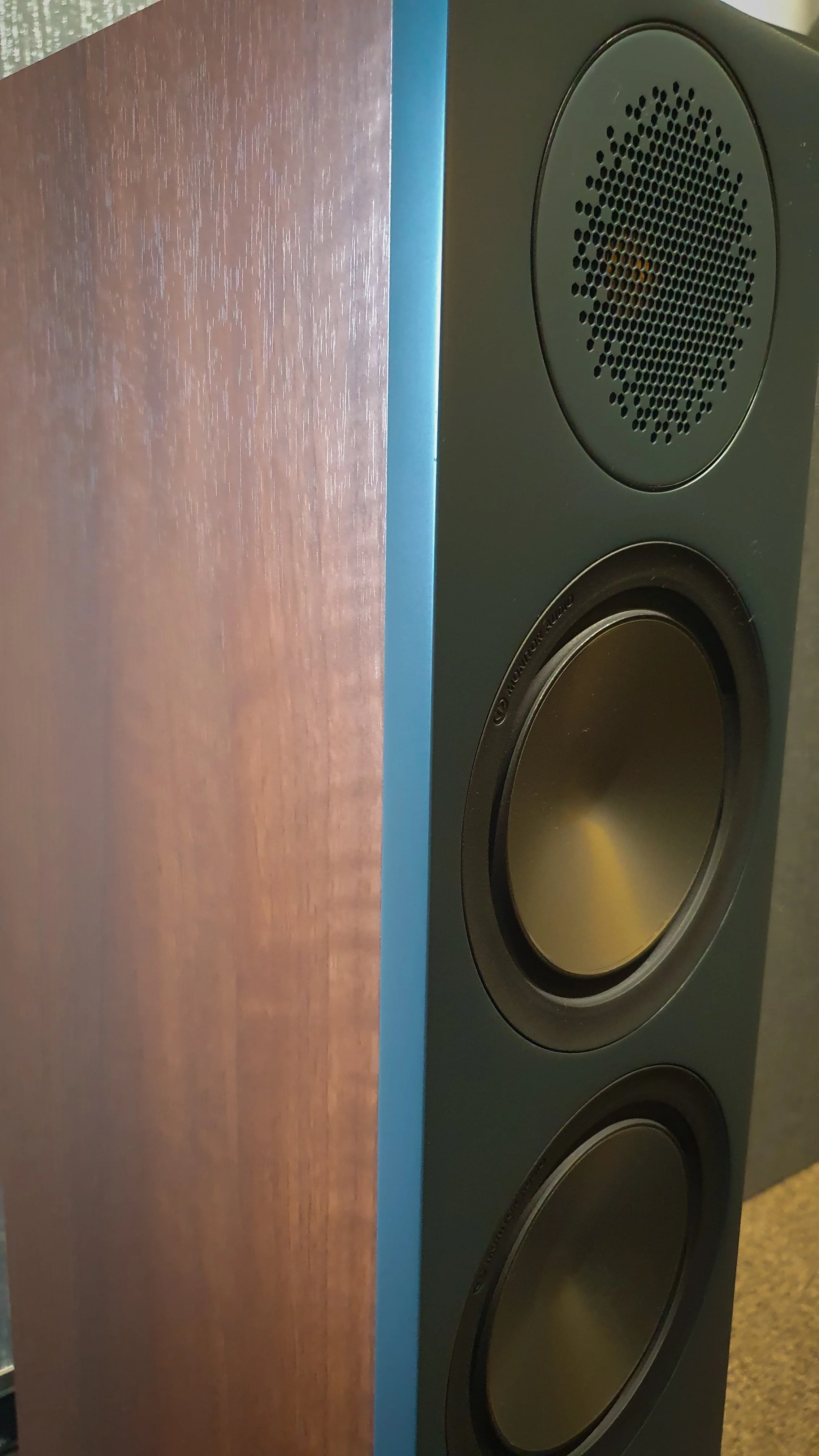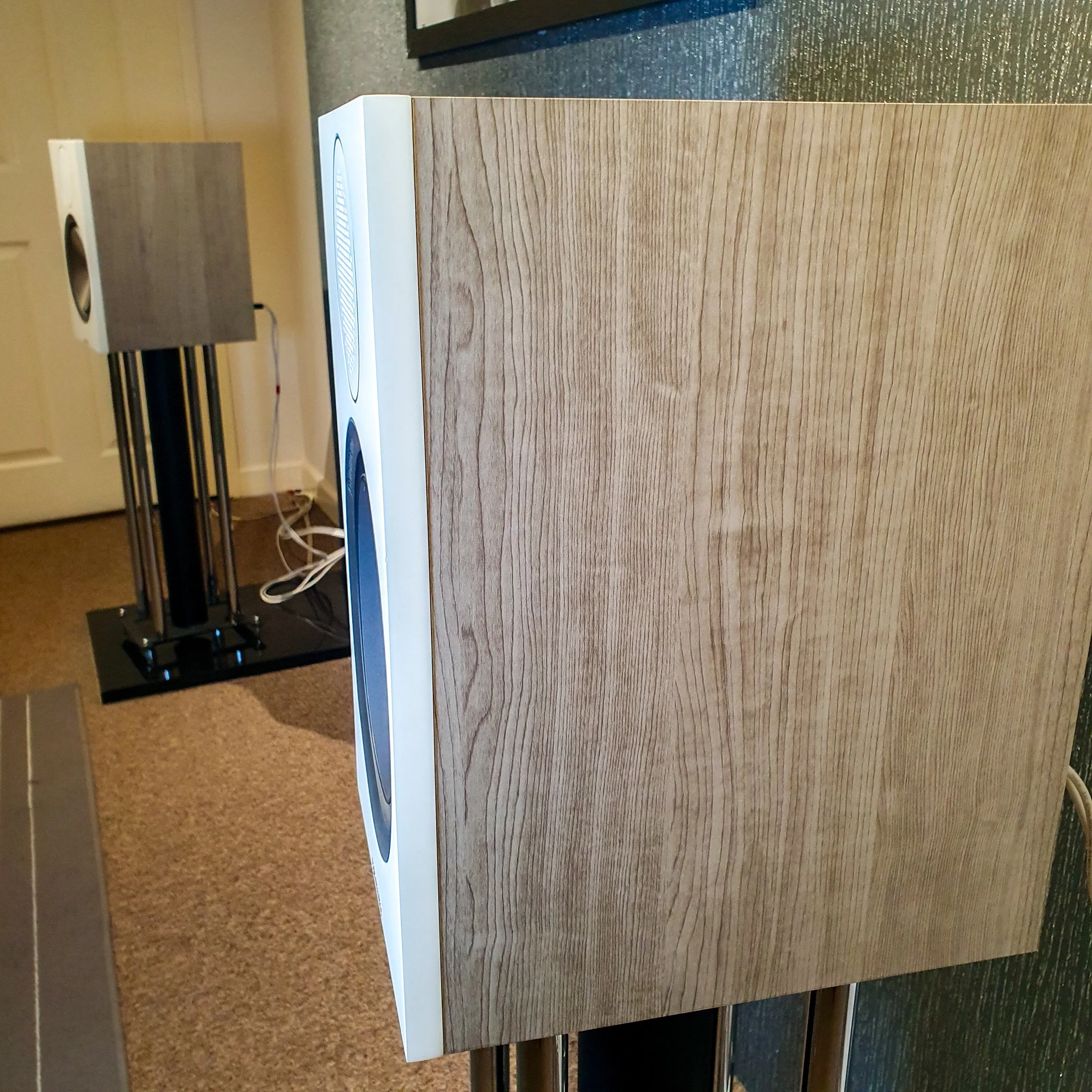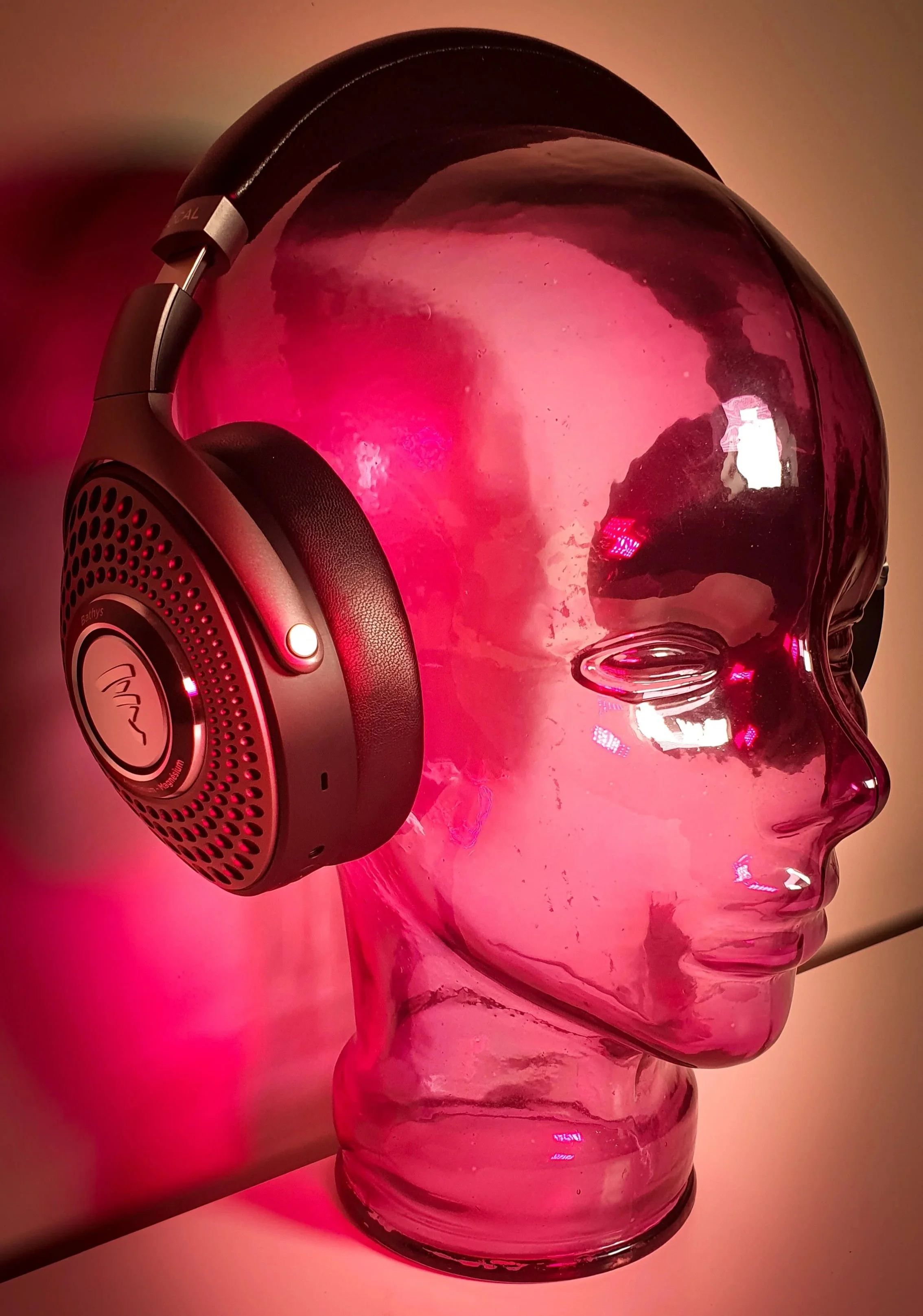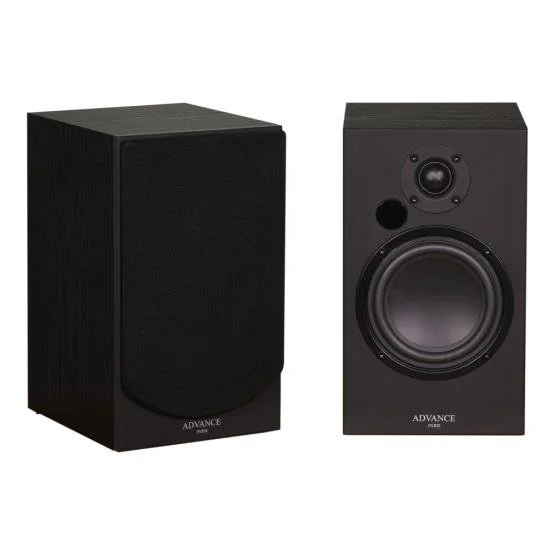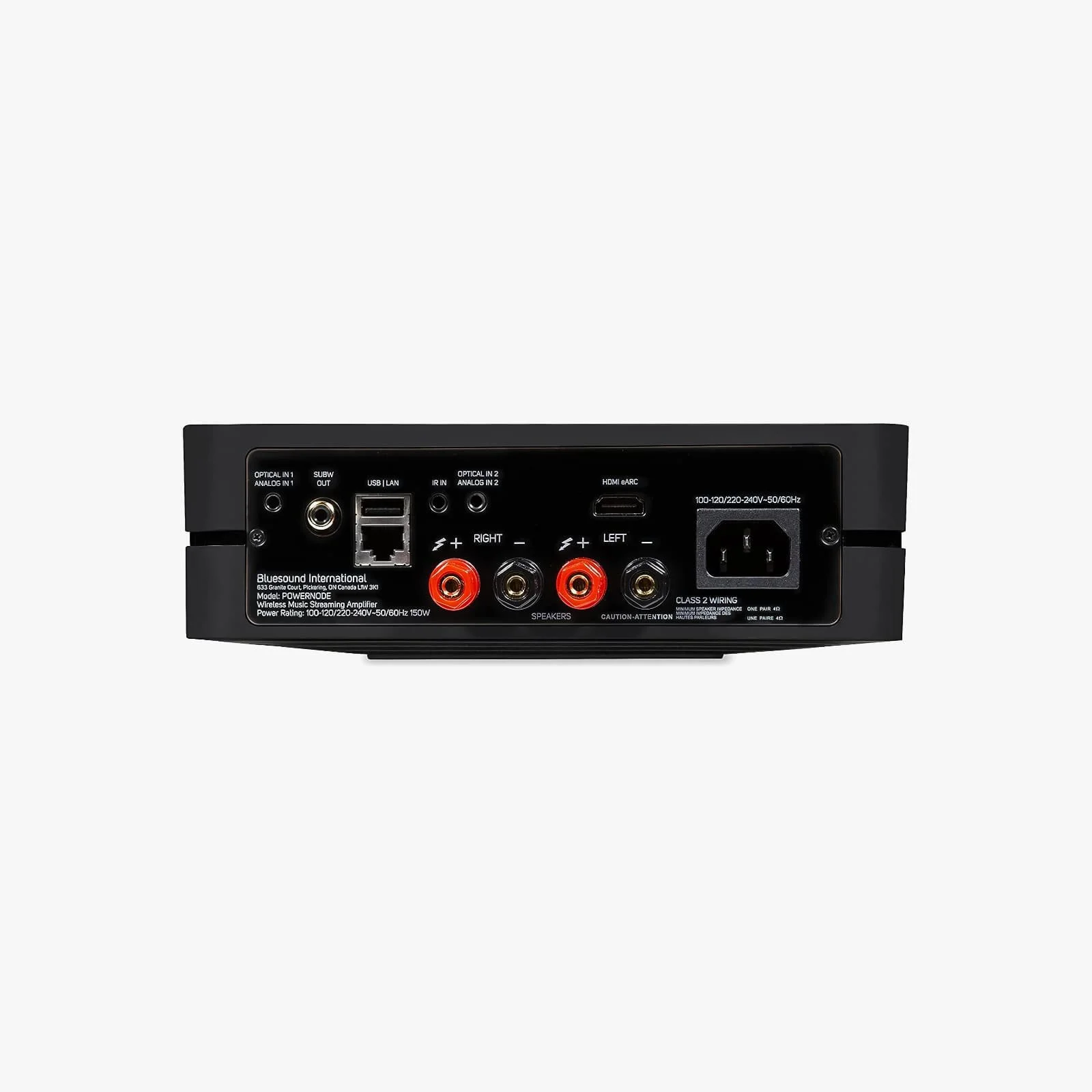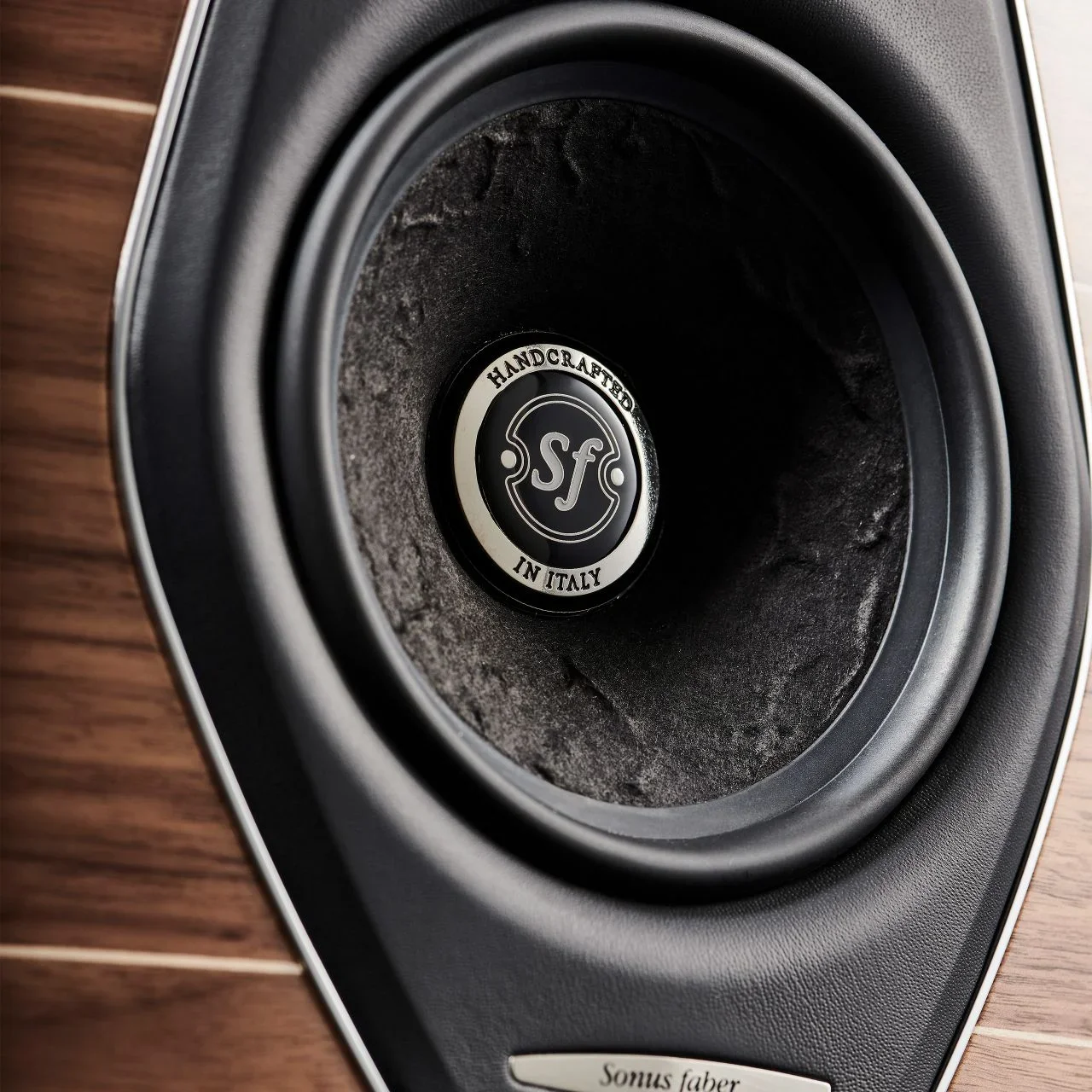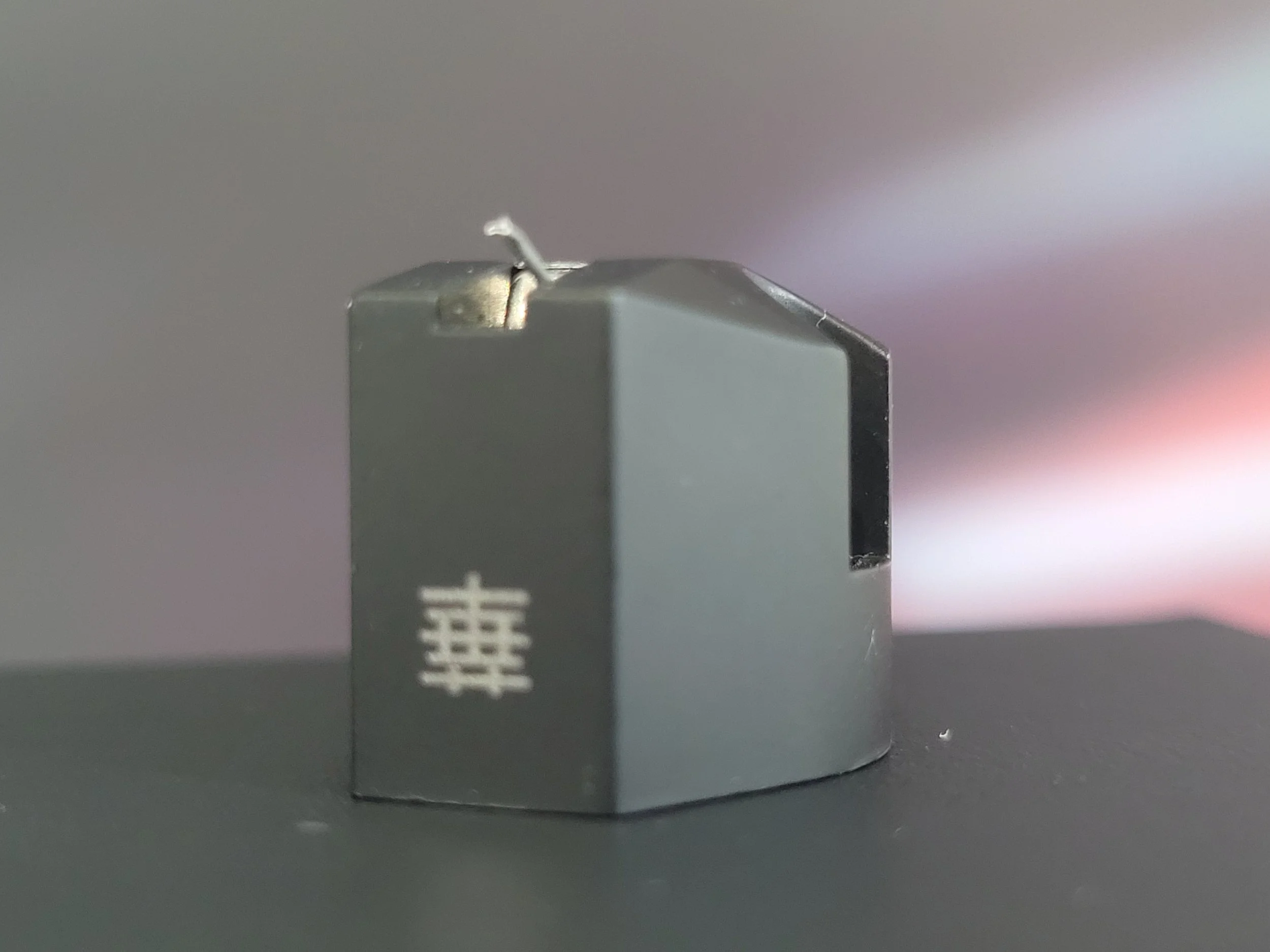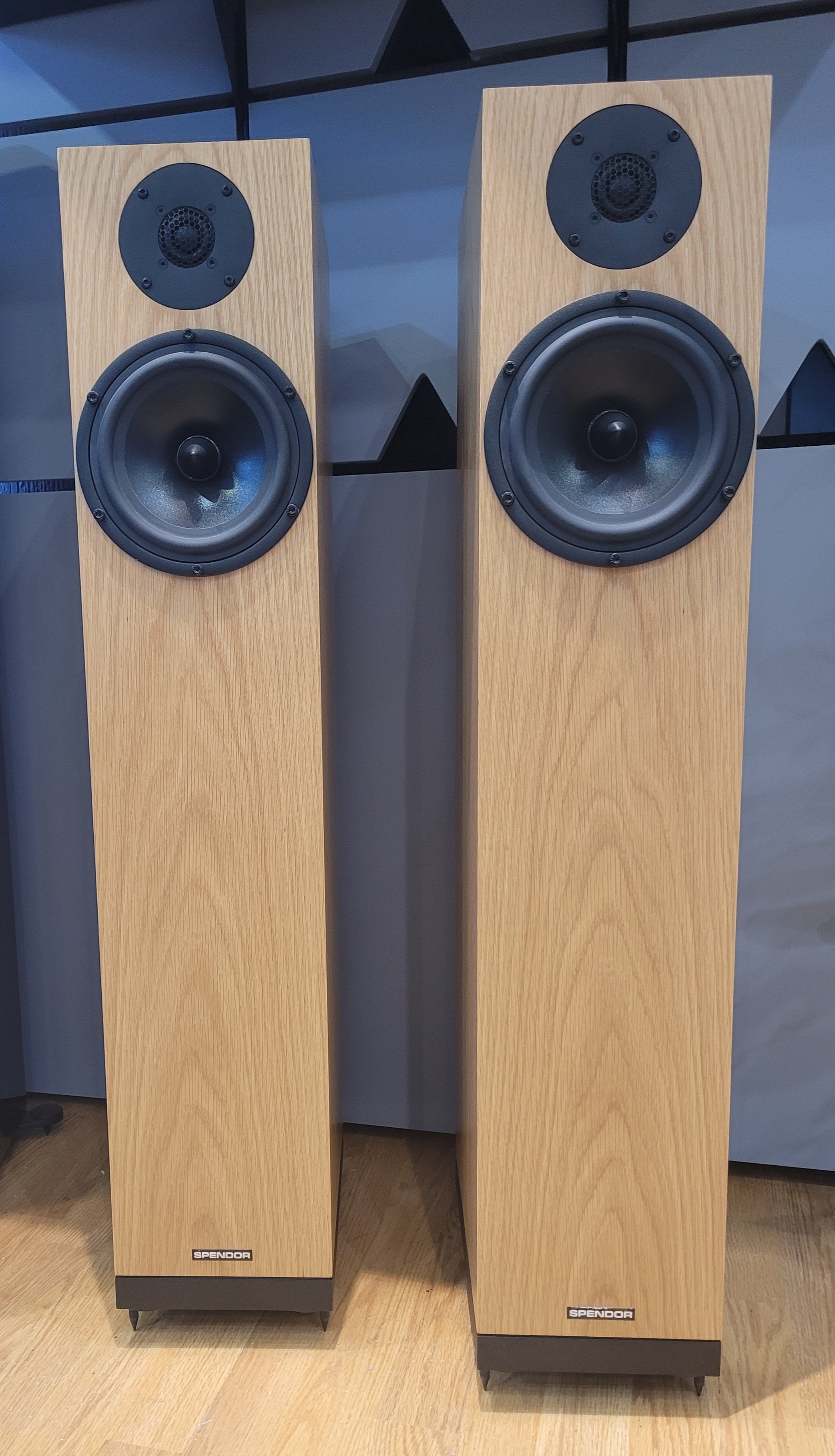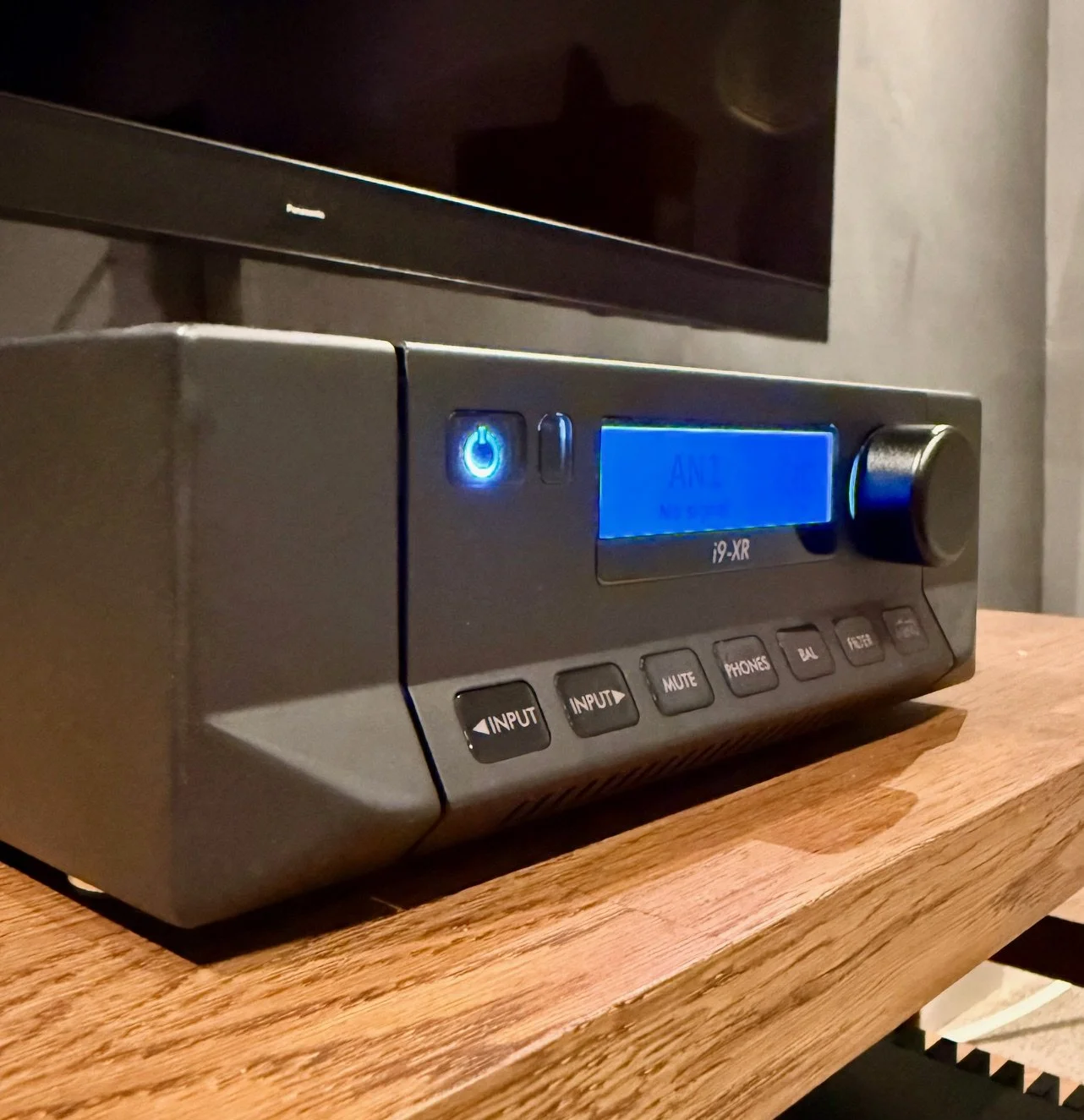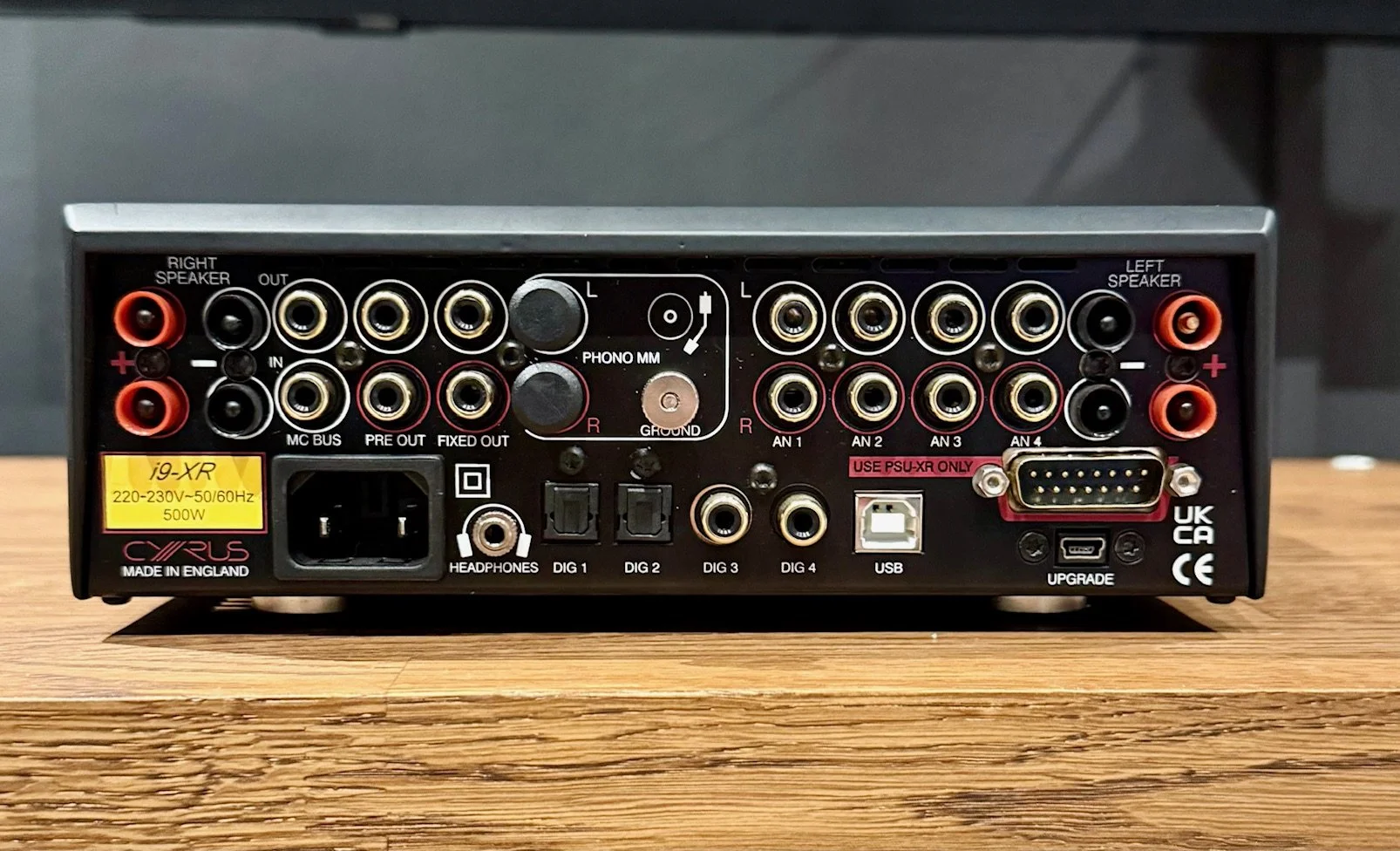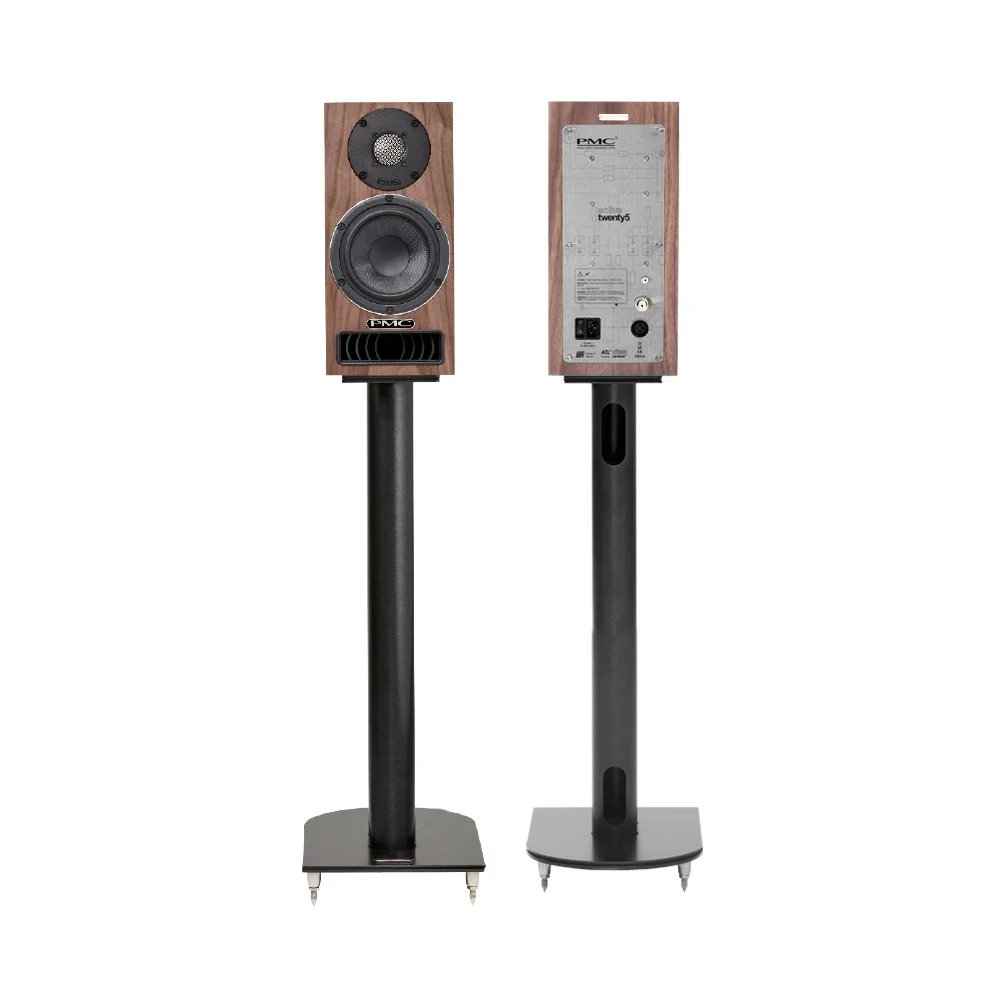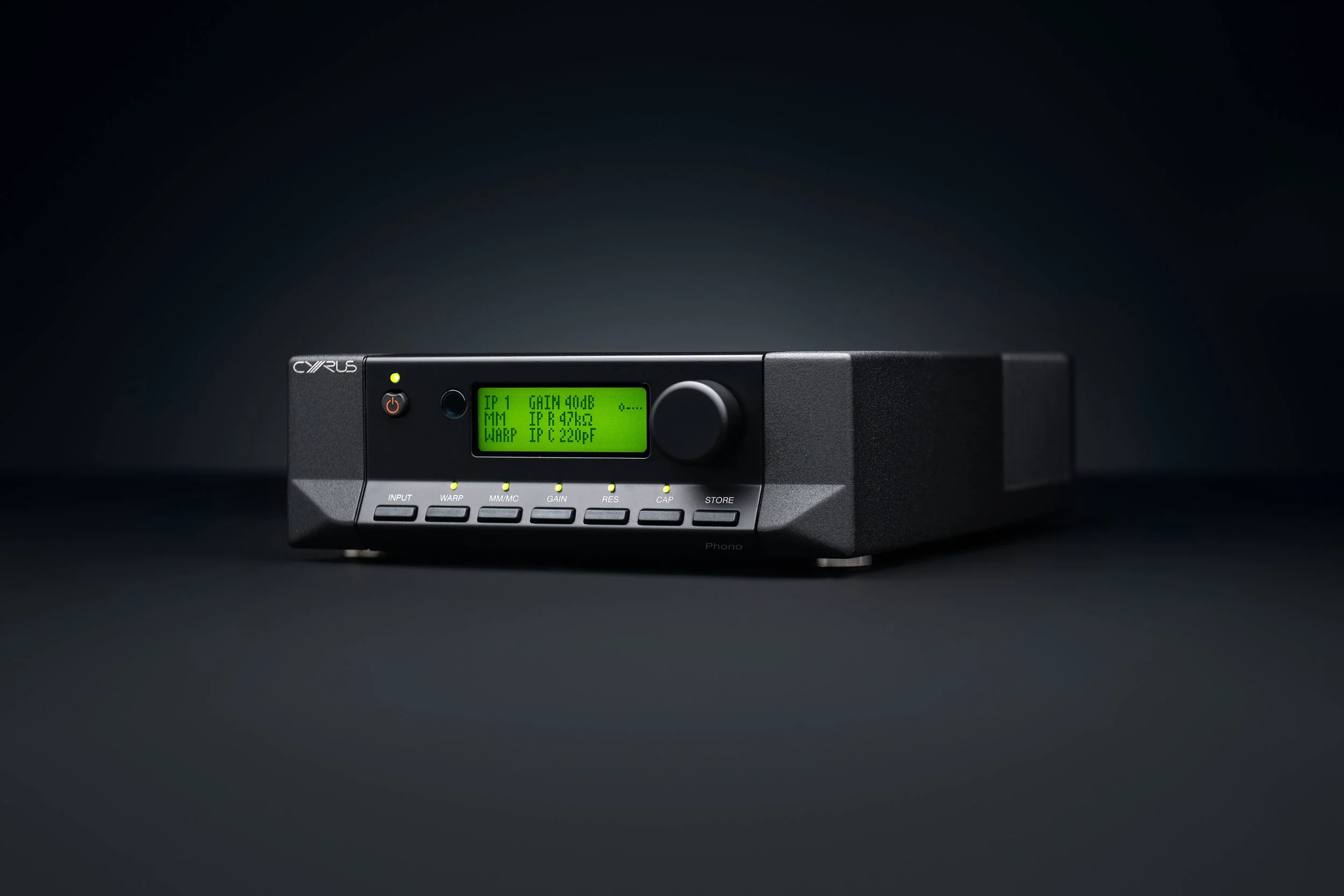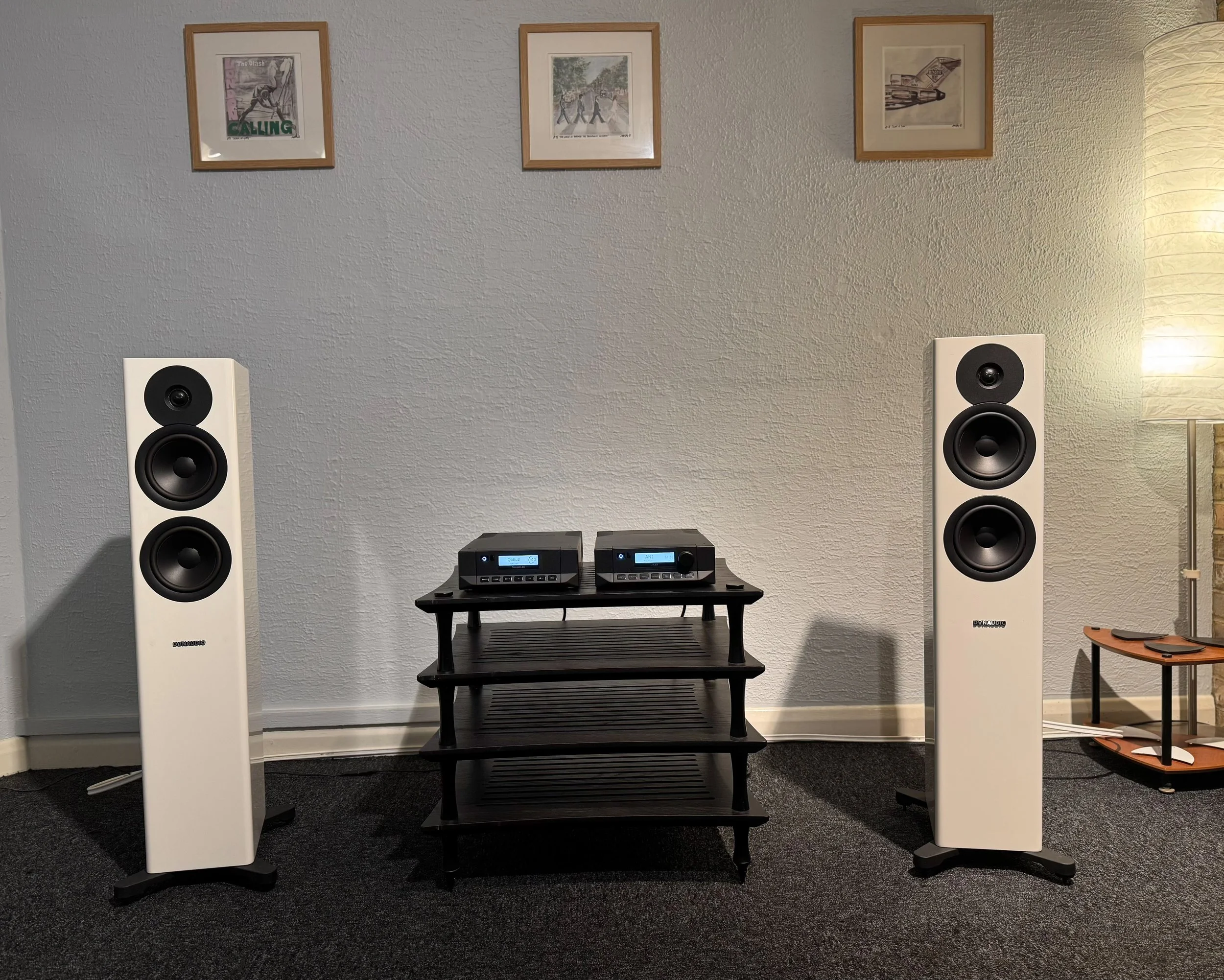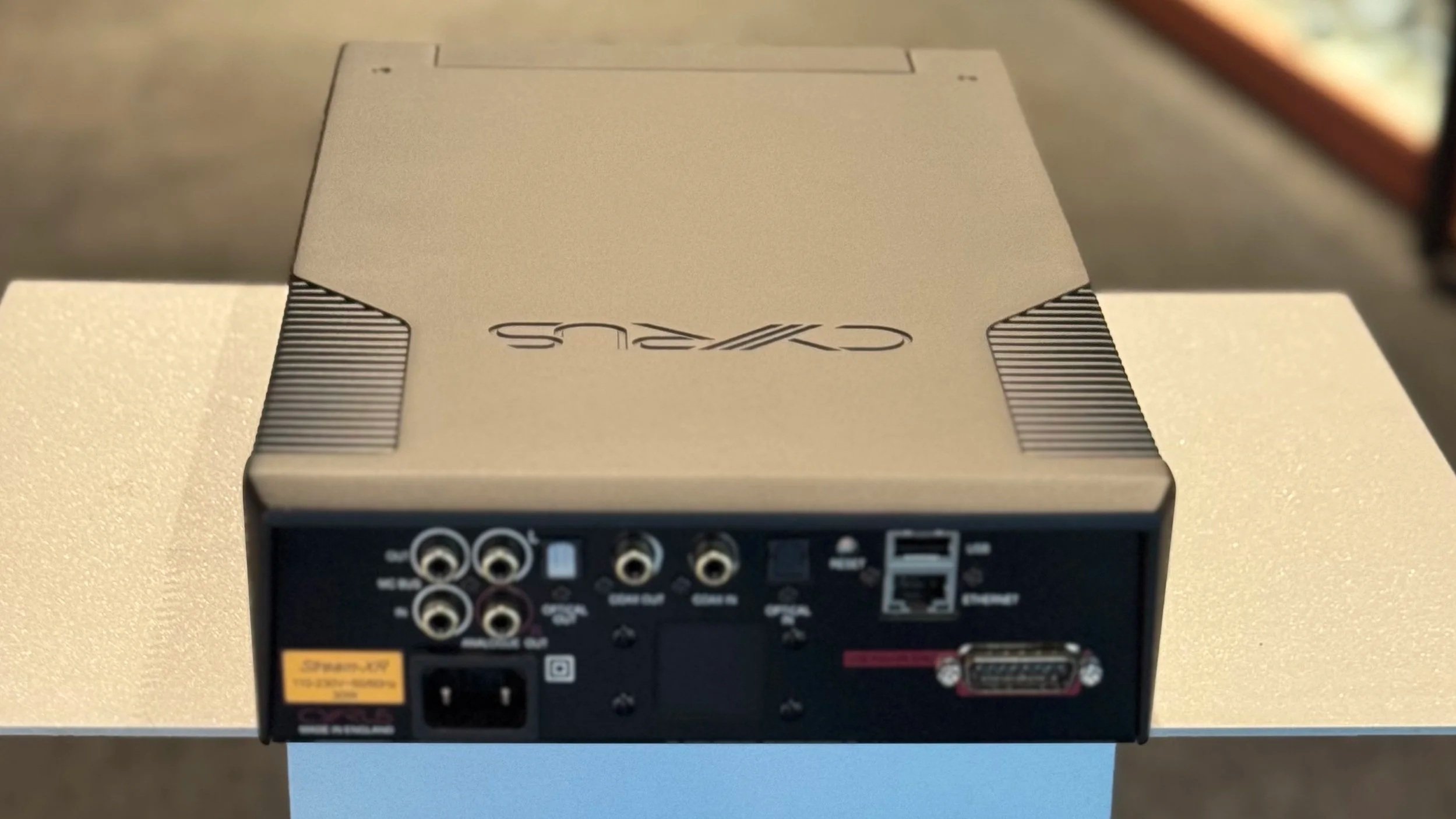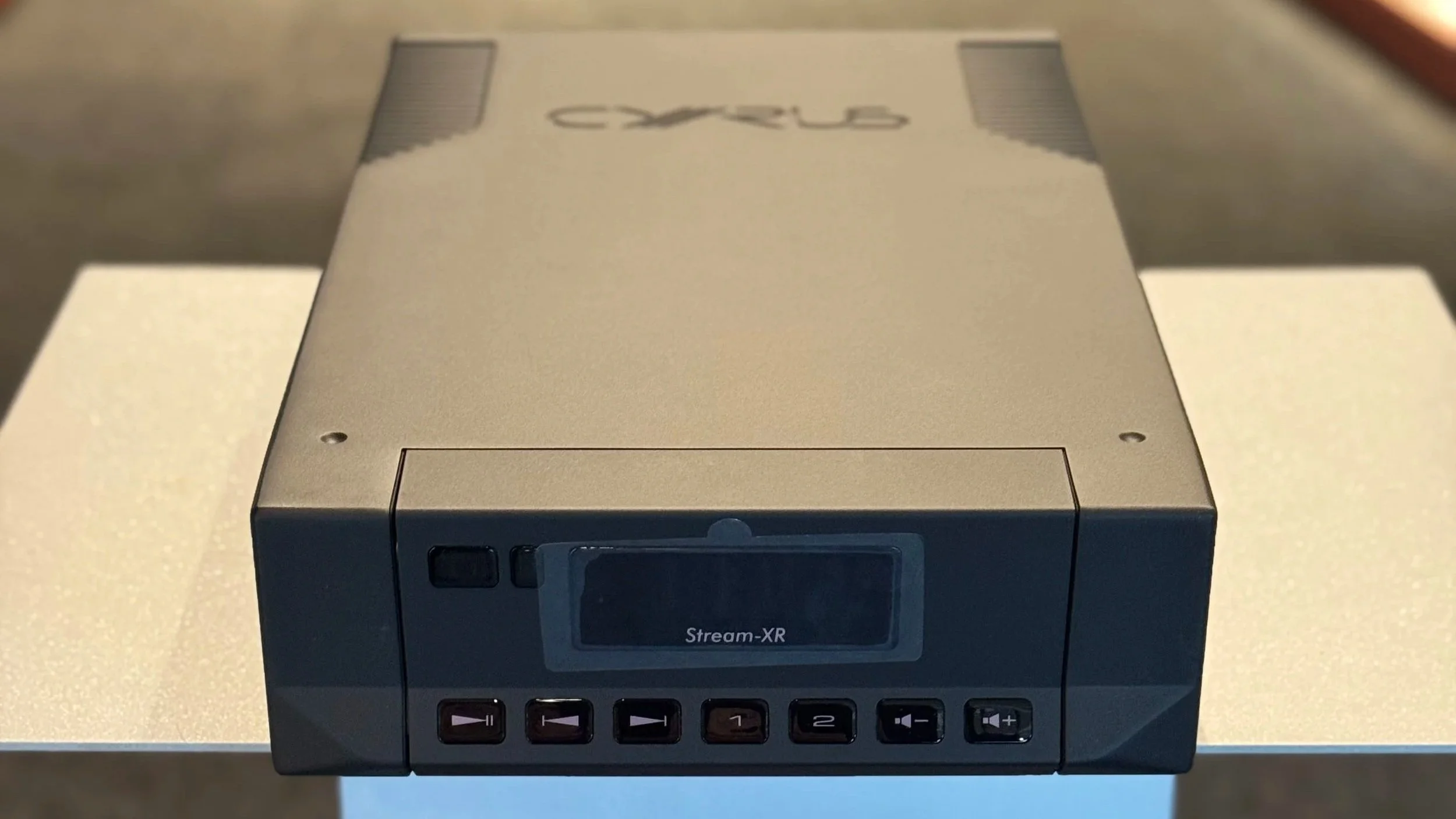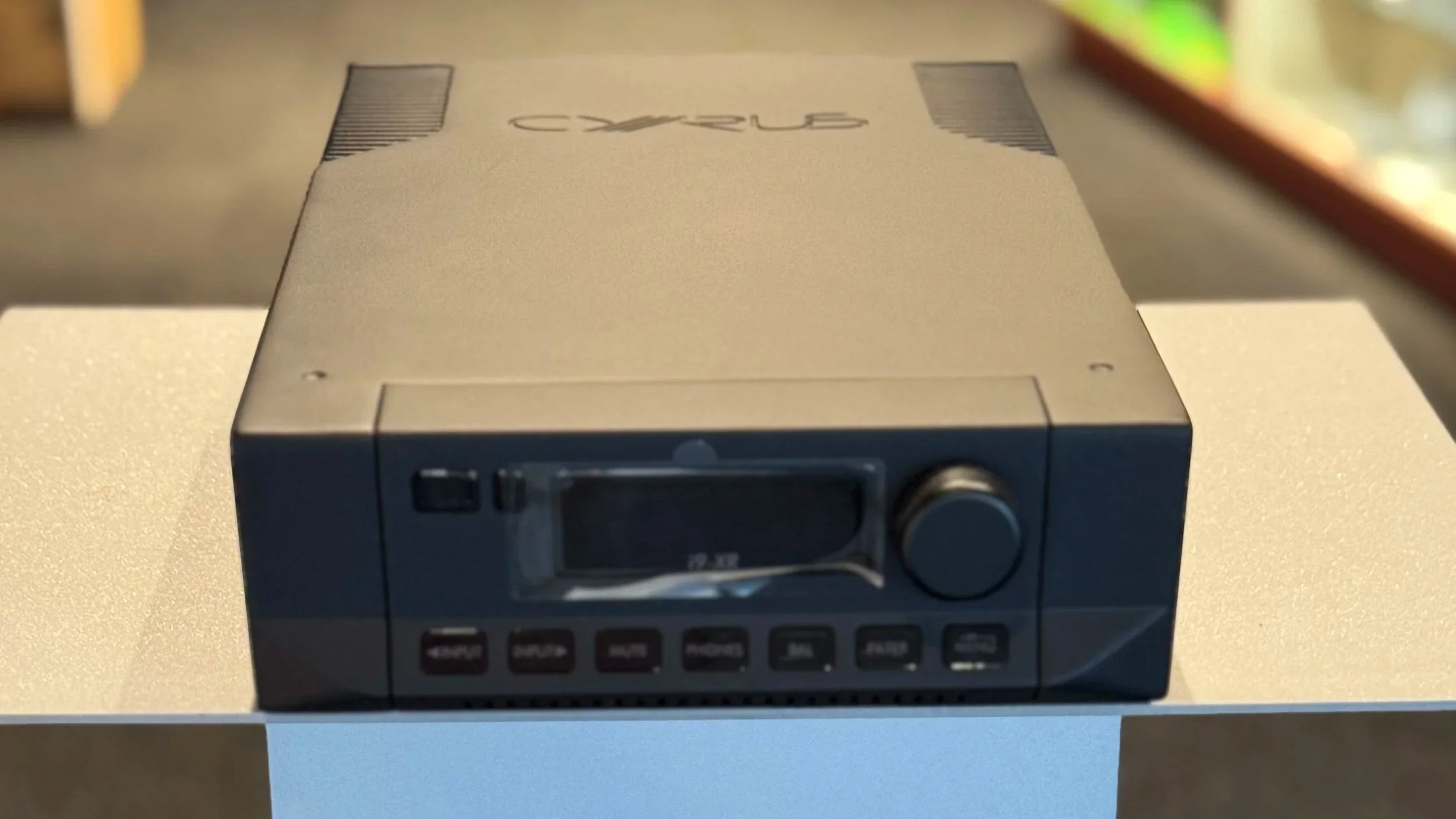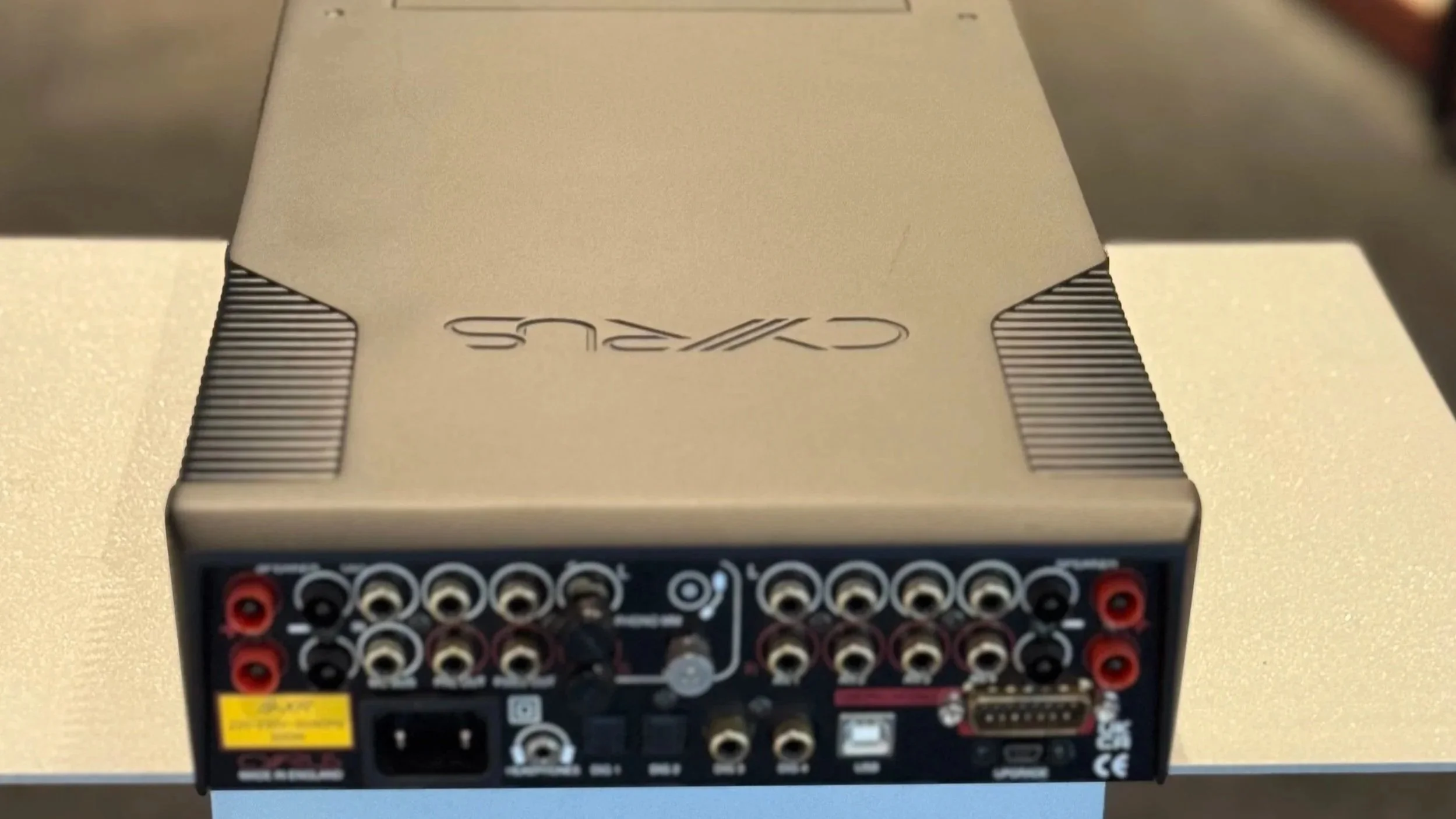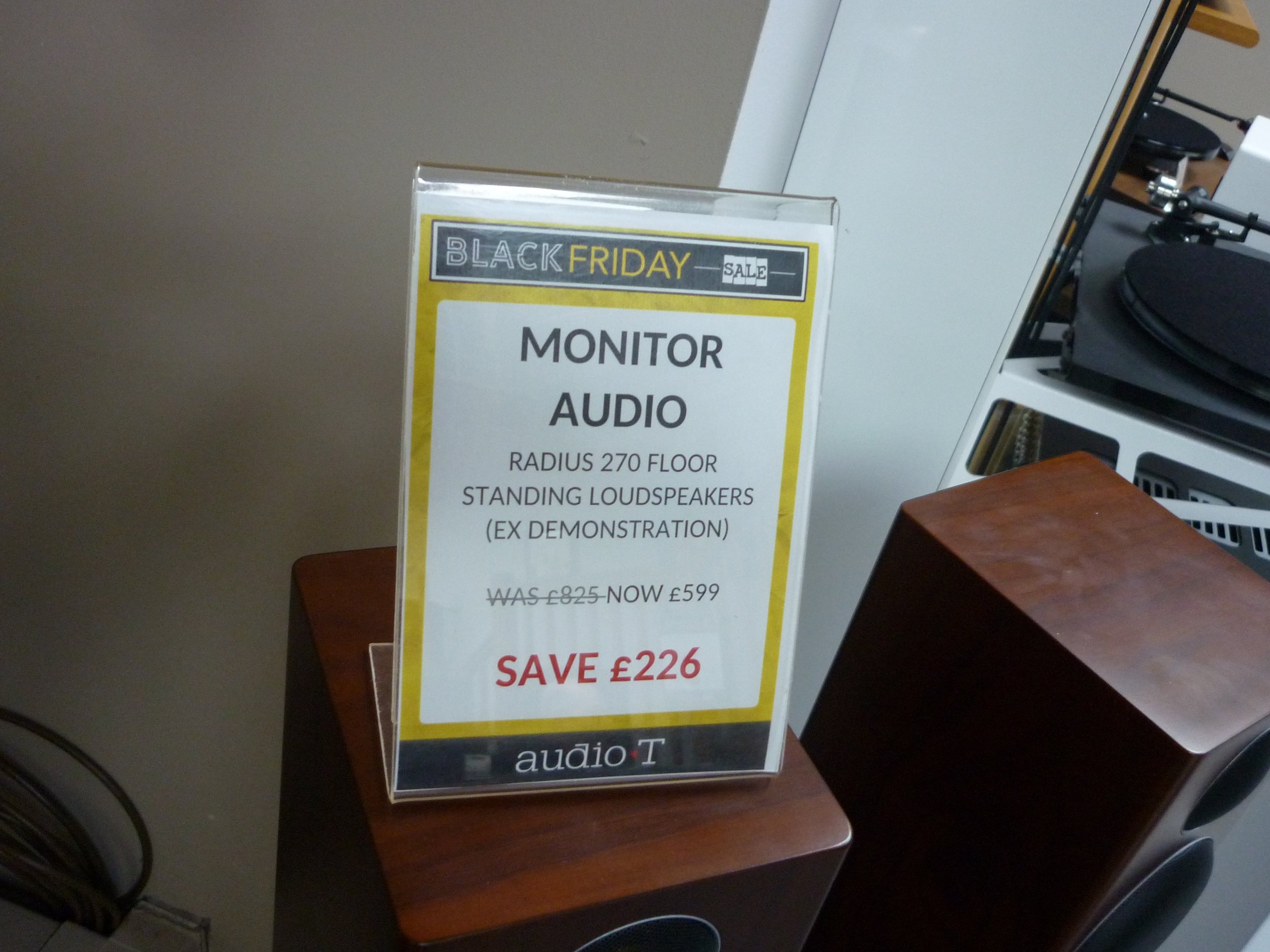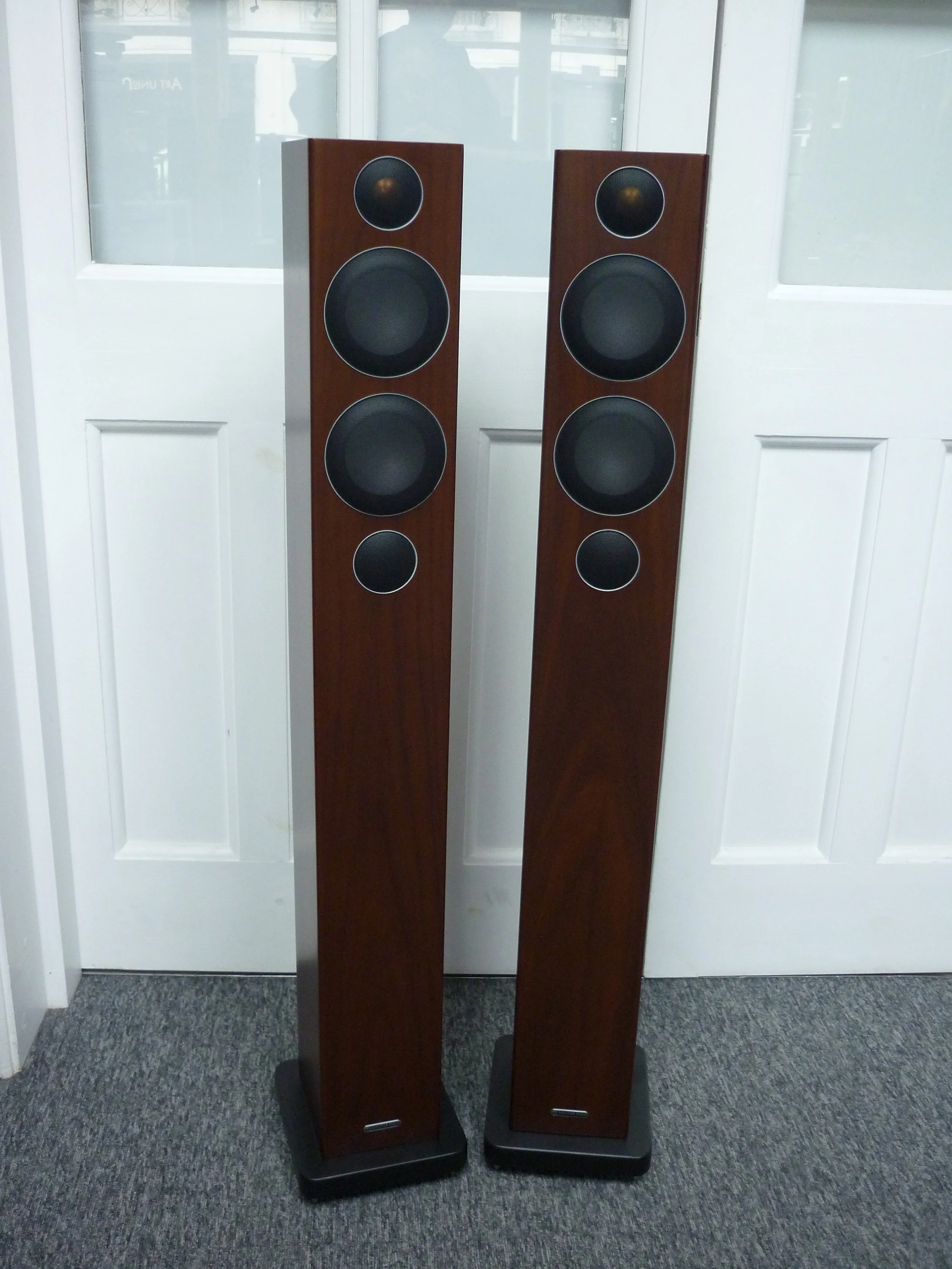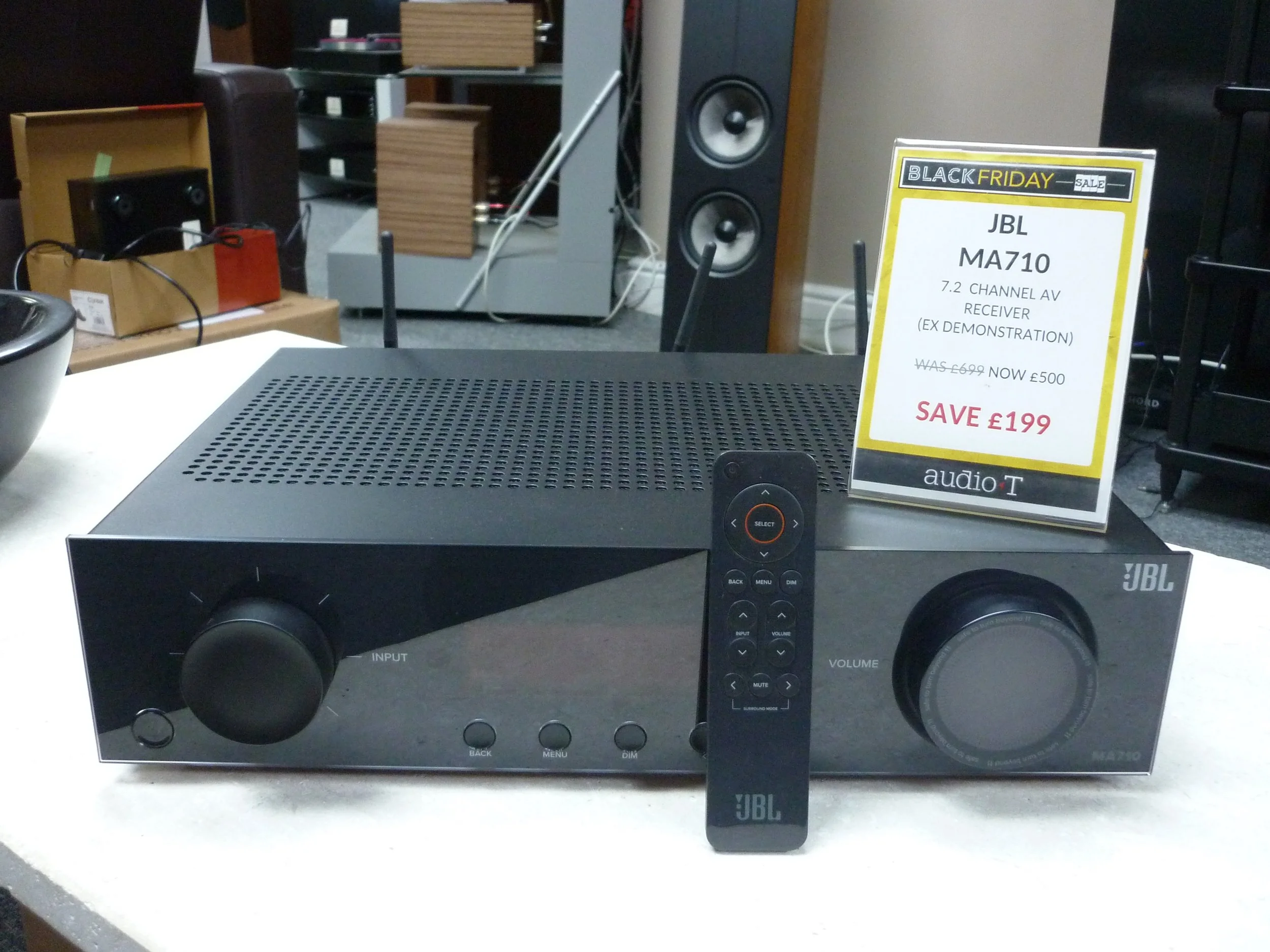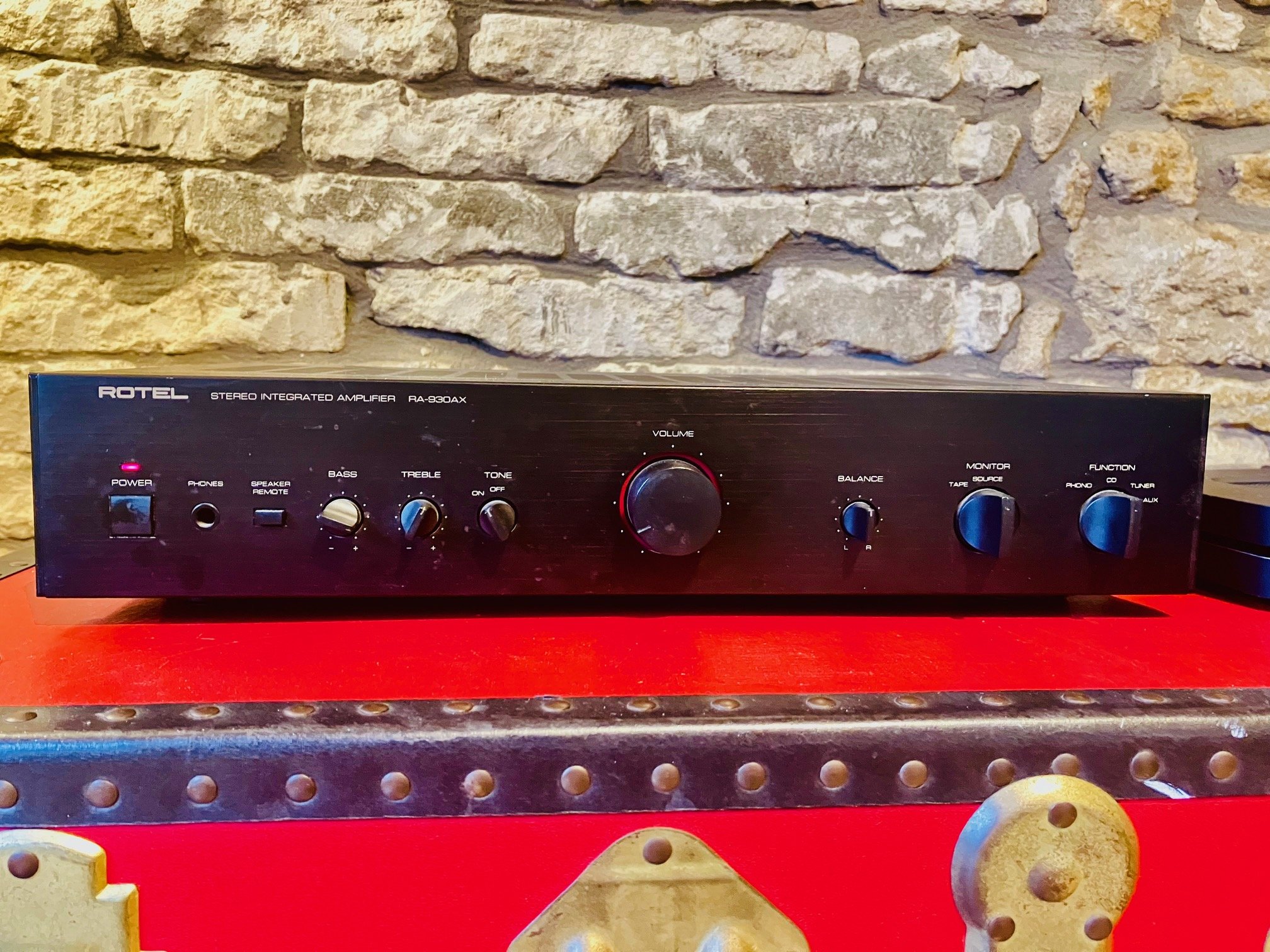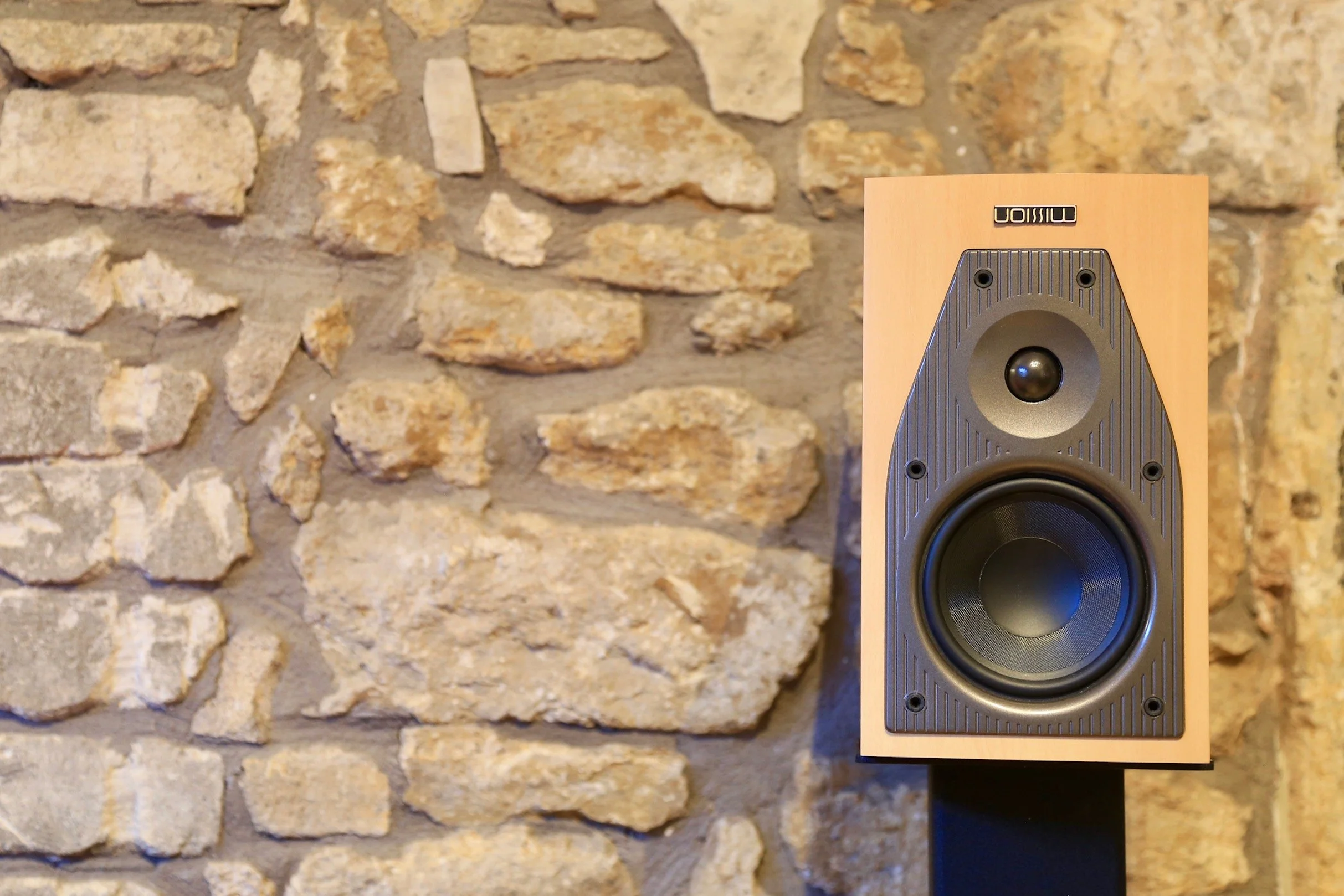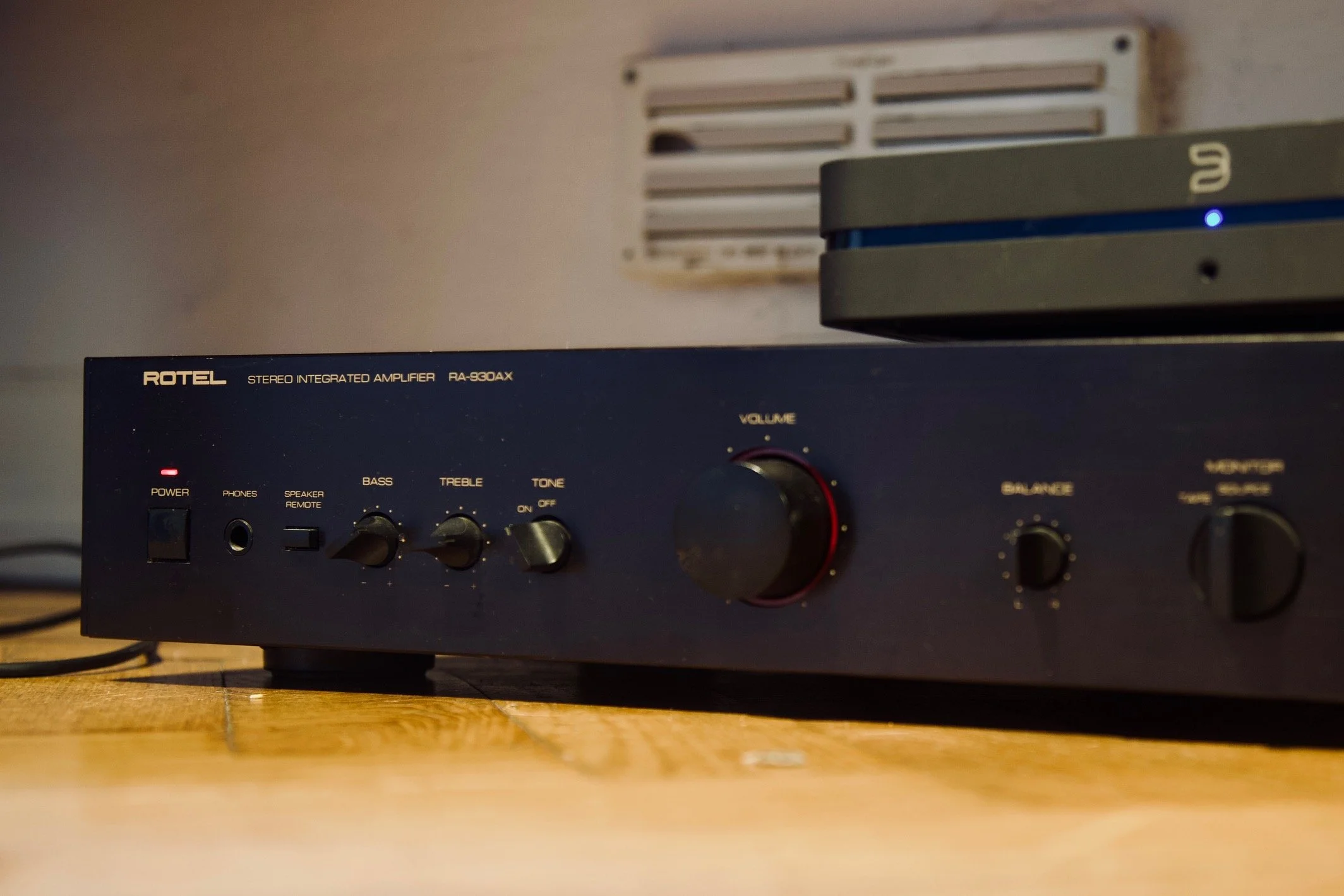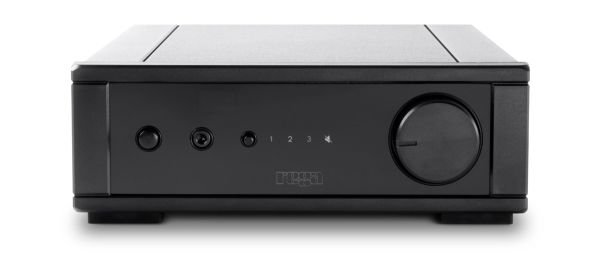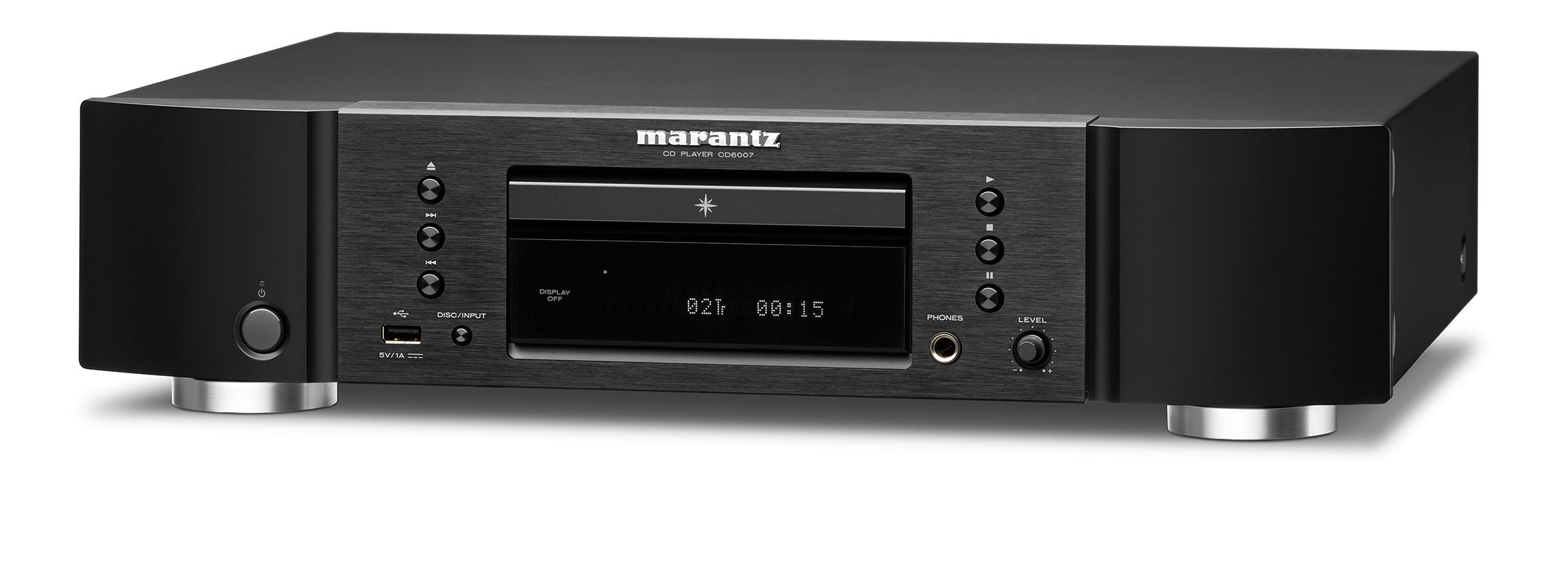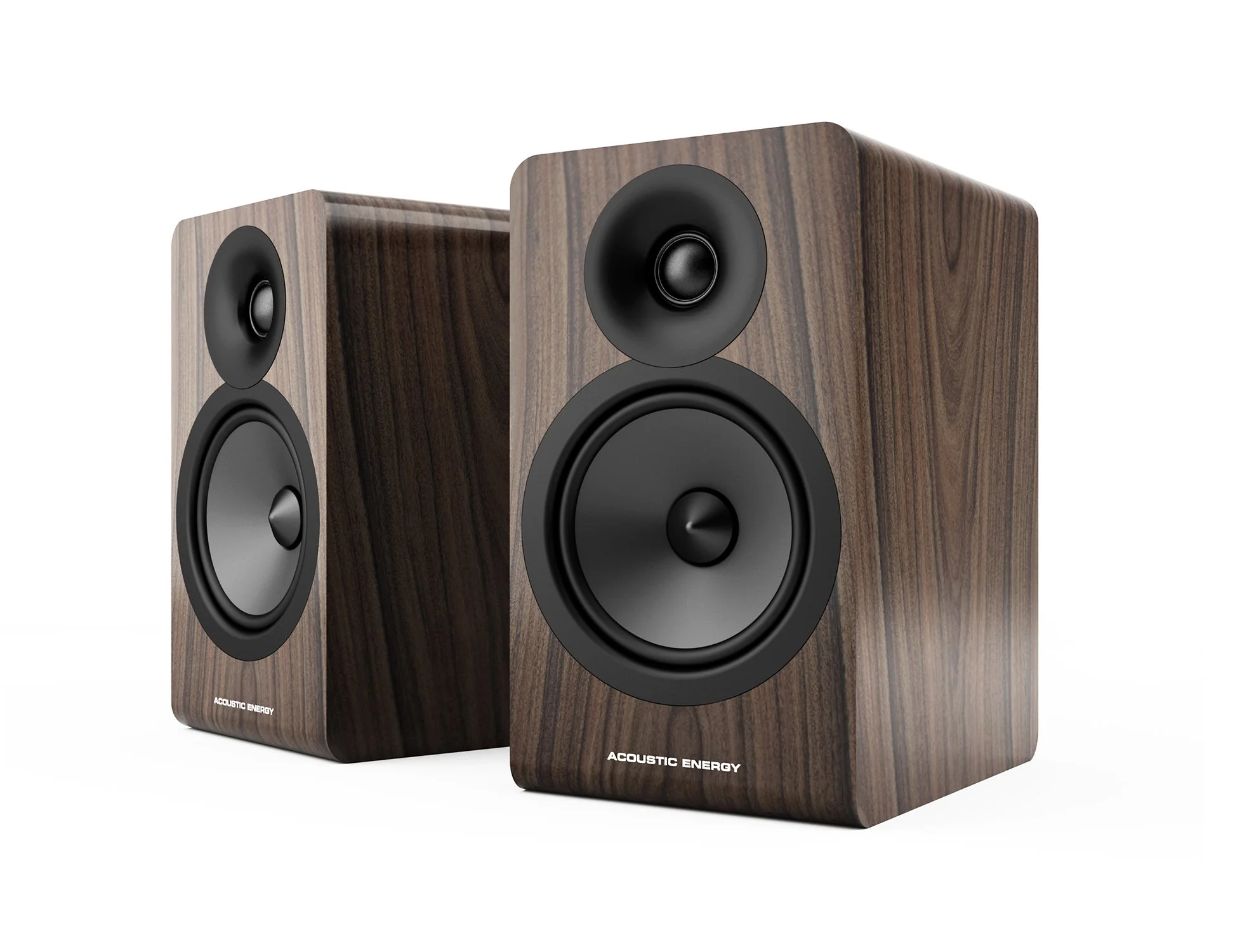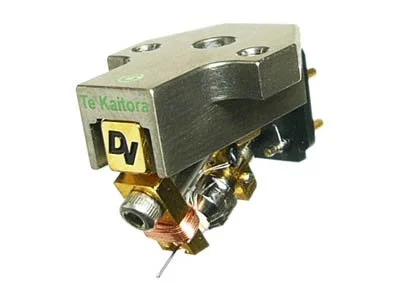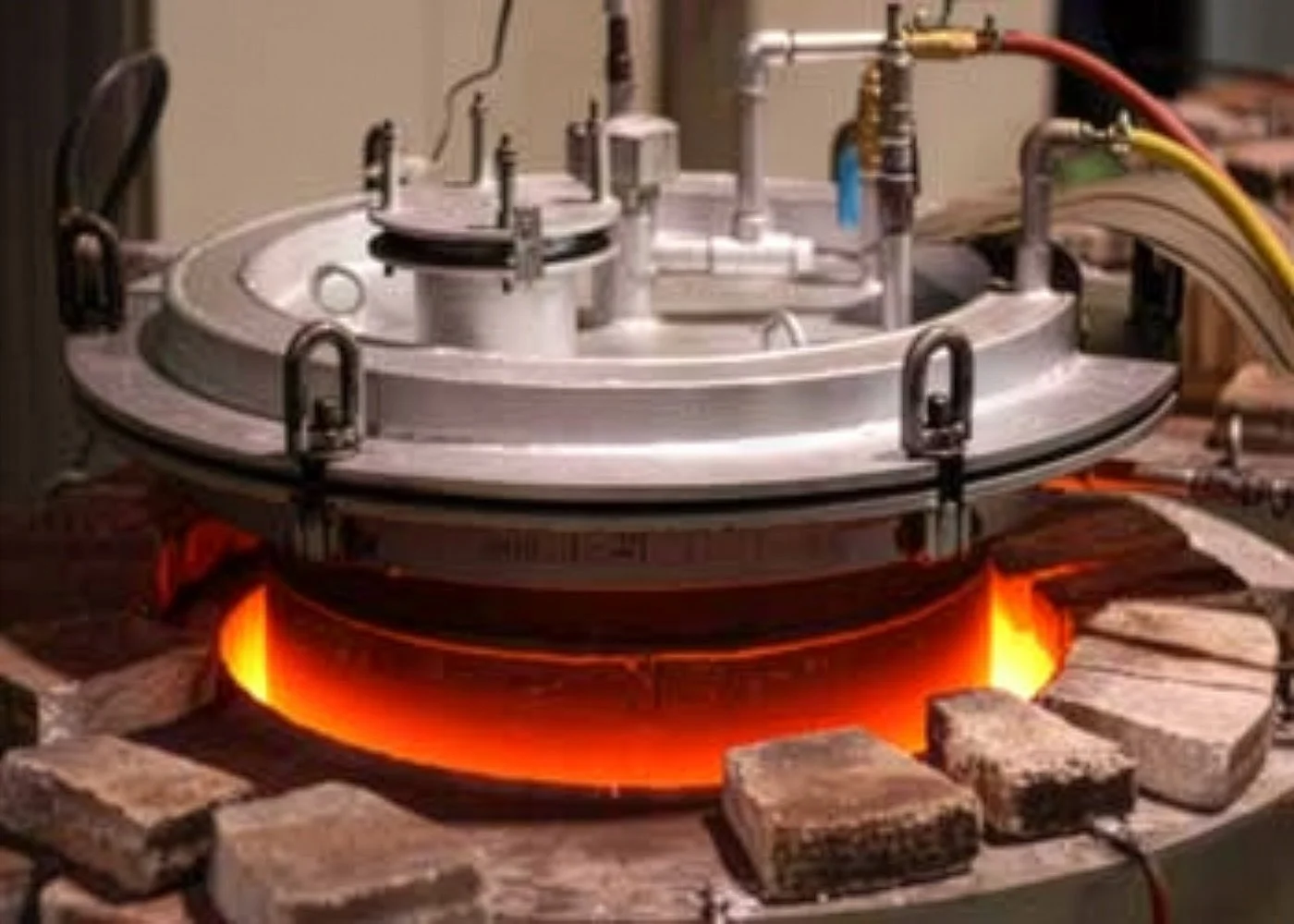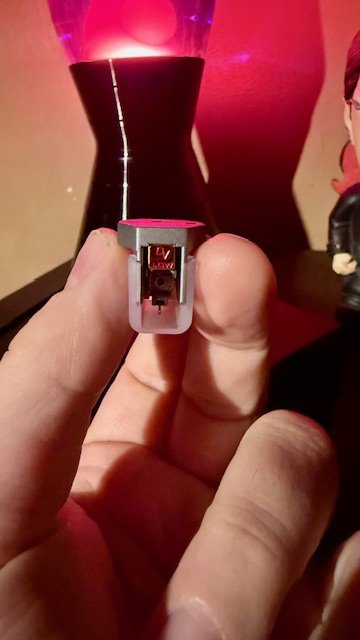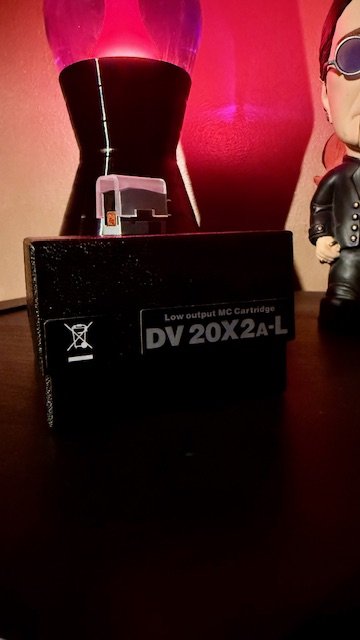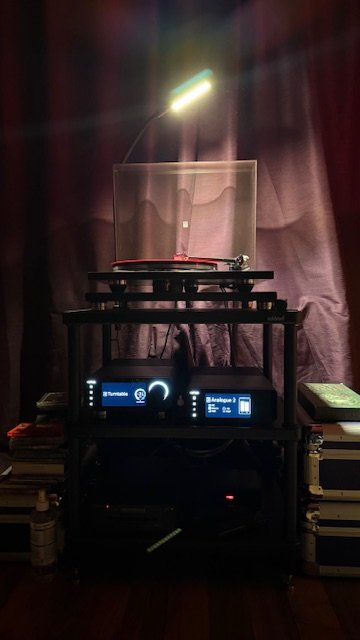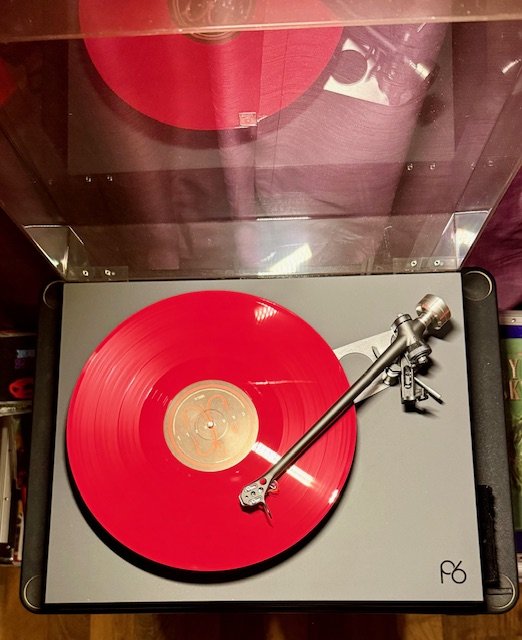THE REGA HAS LANDED - Mercury & Solis Touch Down in Bristol
/rob noble from rega conducting the event’s proceedings
Cue the Fanfare…
The new Rega Mercury pre-amplifier and Solis power amplifier combo finally arrived in our Bristol store in late November.
First announced nearly two years ago and previewed at this year’s Bristol Hi-Fi Show in February, the much-anticipated arrival suffered a series of delays as the amplifiers went through further fine-tuning before finally entering production.
Bristol hi-fi enthusiasts were fortunate to get an early preview of the new amps in November, thanks to Rob Noble and Simon Webster from Rega and Audio T Bristol.
rega mercury pre amplifier : 1- xlr input, 5 - rca inputs, digital inputs - 2optical, 2 coax & usb in
Rega’s official introduction to the Mercury.
The main development objective for the Mercury was to create a no-compromise audio pre-amplifier. Hand-crafted to reveal the true potential of your hi-fi system, the Mercury features an ultra-low noise floor that delivers exceptional dynamic range. Like the Solis, the Mercury pre-amplifier is the culmination of almost four decades of Rega electronics engineering experience in solid-state amplifier development.
And the Solis.
Engineered to drive the most demanding loudspeakers, the Solis is the perfect partner for the Mercury pre-amplifier. Rega’s engineering team has spent the last four years obsessively developing and fine-tuning the circuit to create the most engaging and accurate performance possible.
Using a separate chassis for the pre-amplifier and power amplifier allows the low-voltage, sensitive circuitry to be isolated from the high-current power-amplifier circuitry. This reduces interference between the two, resulting in a less noisy signal path and a cleaner overall sound. A route into Rega Reference amplification is also available by pre-out from the Rega Aethos stereo power amplifier.
The Event
On a rainy Thursday evening, we convened at the impressively named Bristol Aeroplane Company Welfare Association — or the BAWA Leisure Centre, as it’s known to locals.
The Mercury and Solis were paired with Rega’s Naia turntable fitted with the Aphelion 2 cartridge and Rega Aura phono stage. This was, essentially, a full Rega Reference-level system, partnered with ATC SCM50 floorstanding loudspeakers (the tower version with passive crossovers) finished in Pippy Oak. We deliberately chose these speakers as they represent a difficult load for any amplifier to drive, yet are hugely rewarding when driven correctly.
Full Rega Reference system
Audio T Bristol’s Justin opened the evening with an “Are you eager for Rega?” pun — one that should probably land him in the punitentiary (if Justin can get away with it at an event, I can get away with it in a blog).
From there, it was all uphill. Rob gave a brief introduction before we moved swiftly on to the listening session. As always, Rega does things differently. While many manufacturers spend a large portion of these events explaining the arduous journey to find the perfect capacitor, circuit layout, or engineering solution — fascinating though that can be — Rega cuts straight to the finale: “Take a listen — this is superb.” That confidence in their vision and performance is what sets them apart. They know music, they know development, and they know how to make a great-sounding amplifier.
The opening track, She Caught the Katy from The Blues Brothers soundtrack, instantly impressed. The punchy, controlled yet aggressive brass entrance was especially noteworthy and set high expectations for the rest of the evening.
Next up was a go-to test for natural vocal reproduction. Tom’s Diner by Suzanne Vega showcased the Rega’s mastery of reproducing subtle, warm, breathy textures with real finesse. Very impressive.
Moving on to orchestral music, Martin Brabbins’ version of Elgar’s Nimrod emphasised the smoothness of the string section and demonstrated the amps’ command over shifts between low- and high-level dynamics.
At this point, Rob decided to attempt something rarely tried at a hi-fi demonstration: a track by 1980s rock/pop icons Dire Straits. What next, we wondered — Pink Floyd? Sadly, no. Instead, You and Your Friend was the track of choice, and thankfully not an obvious one. Once again, the Rega combination came up trumps, blending drive with subtlety and delivering Knopfler’s guitar with spine-tingling effect.
The final selection was Walking in the Rain by Grace Jones. The Rega transported us straight into a sleazy eighties club vibe, with firm control over the period synths and drum machines, and Grace’s voice sitting seamlessly within the mix.
Full Playlist
She Caught the Katy – The Blues Brothers
Tom’s Diner – Suzanne Vega
Luka – Suzanne Vega
Wish I’d Never Loved You at All – Johnny Adams
I Guess I’ll Hang Out My Tears to Dry – Dexter Gordon
Nimrod – Elgar
Emmylou – First Aid Kit
You and Your Friend – Dire Straits
Générique – Miles Davis
Table for One – Courtney Marie Andrews
On the Streets of This Town – Steve Forbert
Walking in the Rain – Grace Jones
Bonny Light Horseman – Bonny Light Horseman
Institutionalised – Kendrick Lamar
Chemical – Ghost Dubs
Rose Rouge – Jorja Smith
The Rain Song – Led Zeppelin
Dreams – Fleetwood Mac
In Summary
Since the event, Audio-T Bristol has had the Mercury and Solis on demonstration, giving us time to really explore their capabilities. We believe this is one of the finest pre/power amplifier combinations currently available in the store. At its current retail price, it sets a new benchmark for amplification at any level.
A fascinating and refreshingly different evening with Rega.
Paul, Justin & Max - Audio T Bristol
If you have any questions about the Rega Reference Mercury & Solis featured in this article, or any other Hi-Fi or home cinema enquiries, be sure to Contact Us.
If you’ve enjoyed this, why not go ahead and read some more of our other blogs, and be sure to follow us on our social media channels below…
Rega can be found at the following Audio T stores


